(October 2017 - )




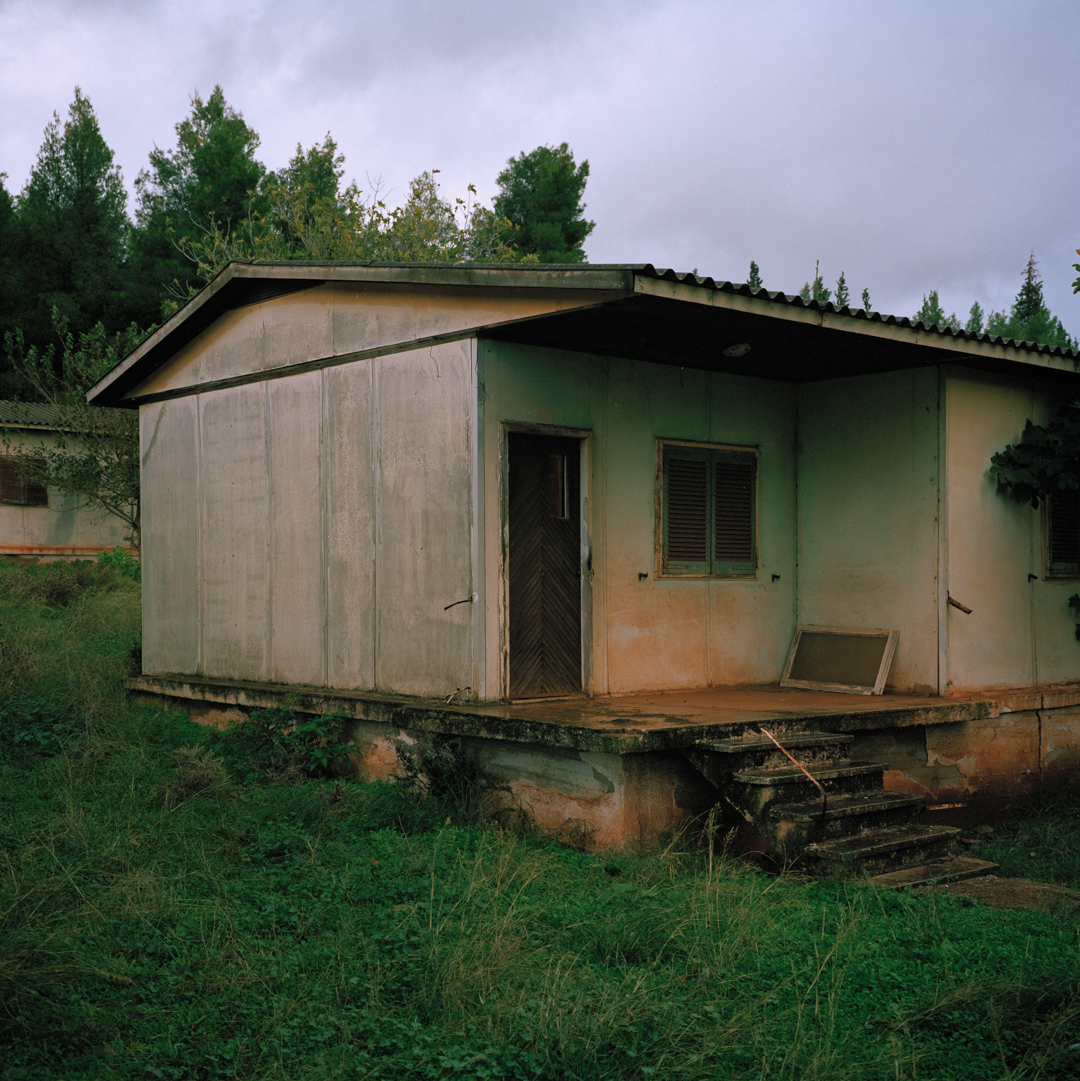





















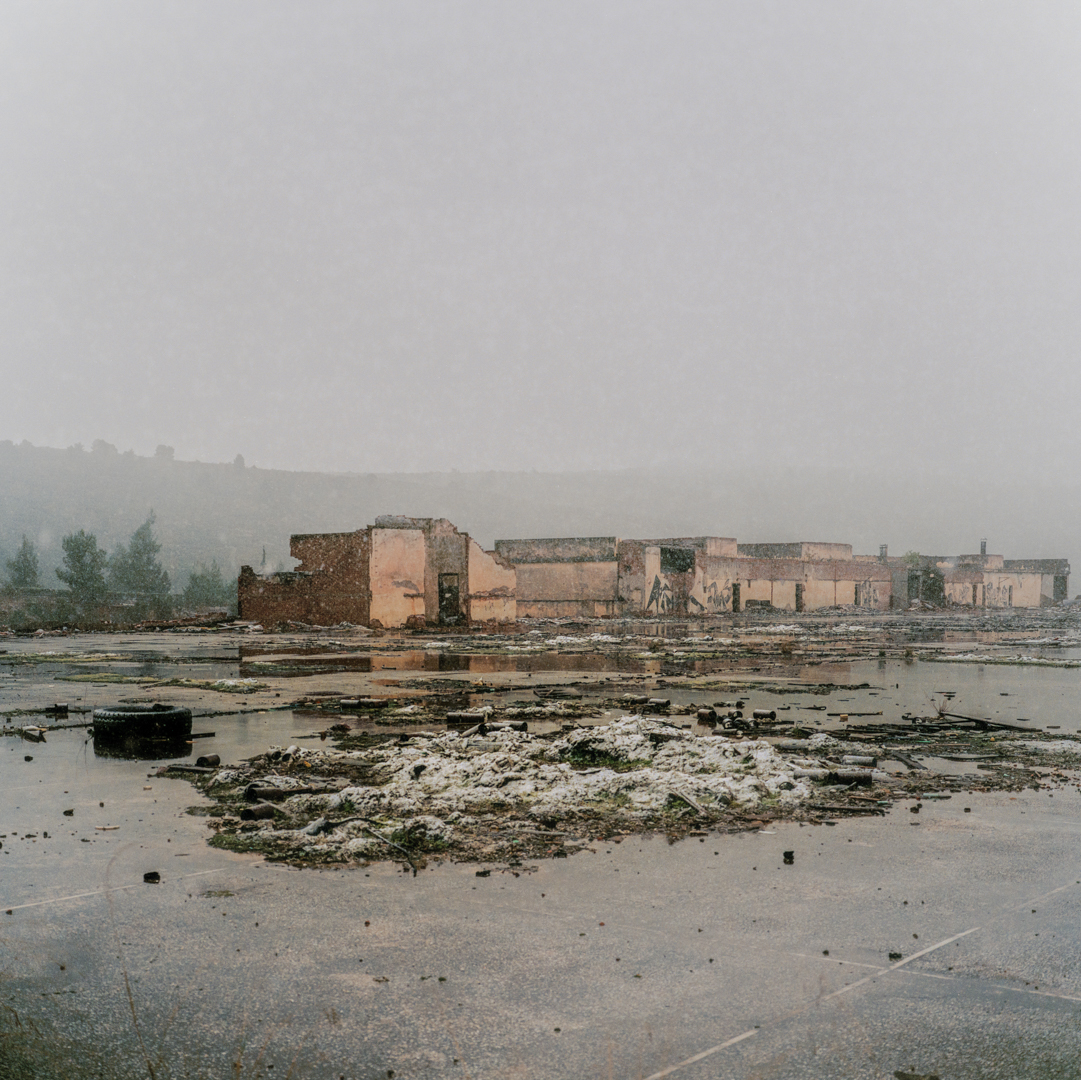




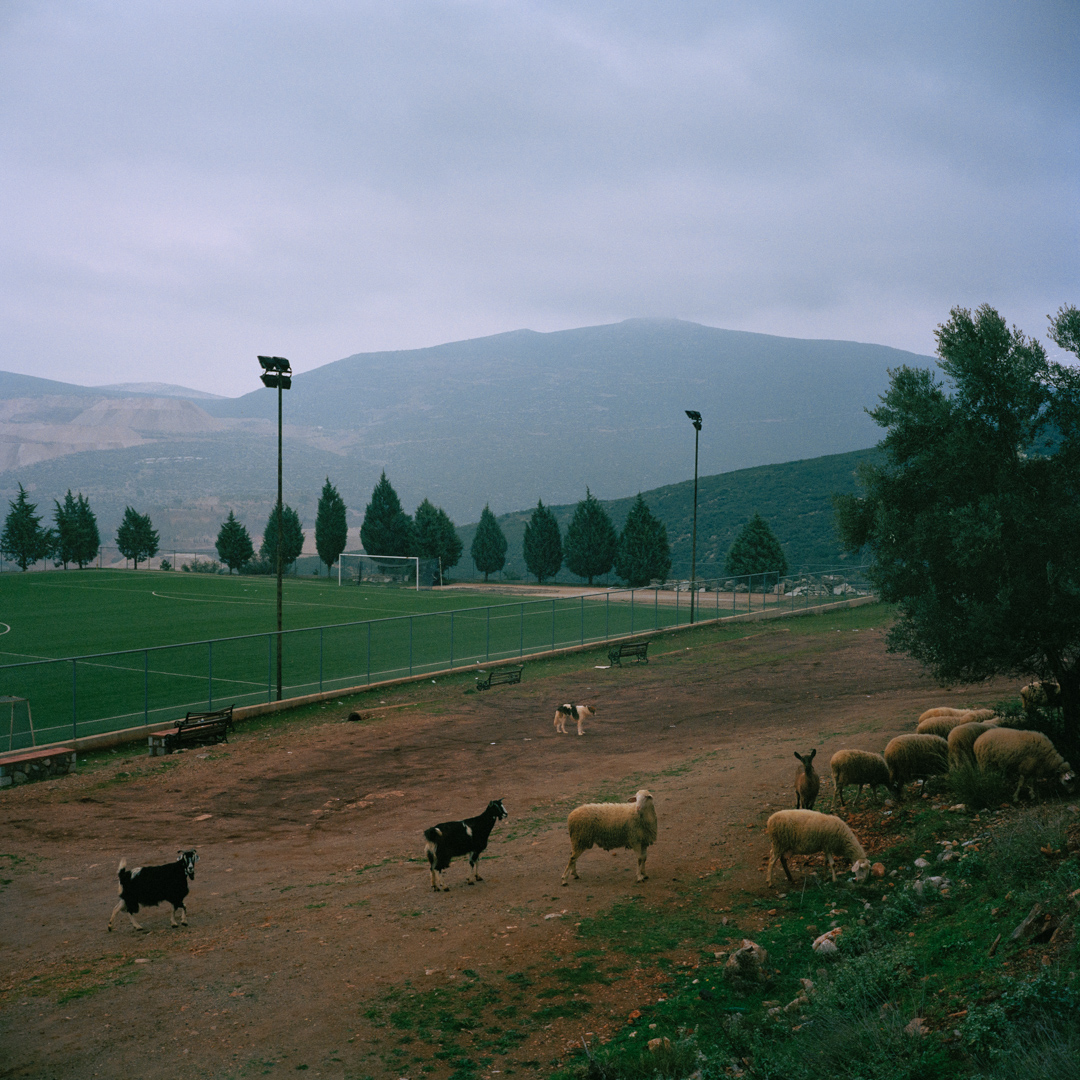







Kopaida area, previous known as Lake Kopais was a lake in Viotia region in central Greece, about 130 km from Athens. Between 1867 and 1887, Scots and French engineers reclaimed the land for the British Lake Copais Company by building irrigation canals in order to drain water from the lake. Since the beginning of the 20th century, its fertile soils have been cultivated systematically by local farmers. In the early 1950s large amounts of nickel deposits where discovered under that the drained lake and the outskirt mountains. In 1963 a private company called LARCO was established in the area focusing on the exploitation of the deposits. Nickel laterite deposits are found in the transported (sedimentary) type – laterites that have been eroded and transported away by gravity or water, then re-deposited in new locations. This type is more uniform and thus more easily extracted but with correspondingly lower nickel content. Agios Ioannis mines is an example of this type. Today the area consists of one underground and three surface active mines, the largest of them situated near the village "Kokkino" is named as the “island”.
The village "Kokkino" which firstly inhabited probably by Albanian genders around the13th century, today has 618 inhabitants. In the late '60s, in order to accommodate the miners, a second private settlement was established 2 km from the village and named as Neo Kokkino (“New Red”). Although many inhabitants are working in the nearby mines and the smelting plant, the old village is facing a high number of unemployment. The mining activity is affecting the village's daily life in multiple ways: the infrastructure in danger due a high number of shallow earthquakes and the nearby farmland is constantly under threat due to heavy industrial pollution. Since the early 2010s, a fourth surface mine is being opened close to the workers' settlement threatening it with abandonment.
The largest deposits of nickel in non-Russian Europe are located in Finland and Greece.
Created in collaboration with HumanRights360, “Call It Home” photobook focuses on three greek islands of refugees reception in the northeast Aegean Sea (Lesbos, Chios and Samos), stressing the unjust and unjustified lack of integration policies and the absence of any contact between the local and refugee children.

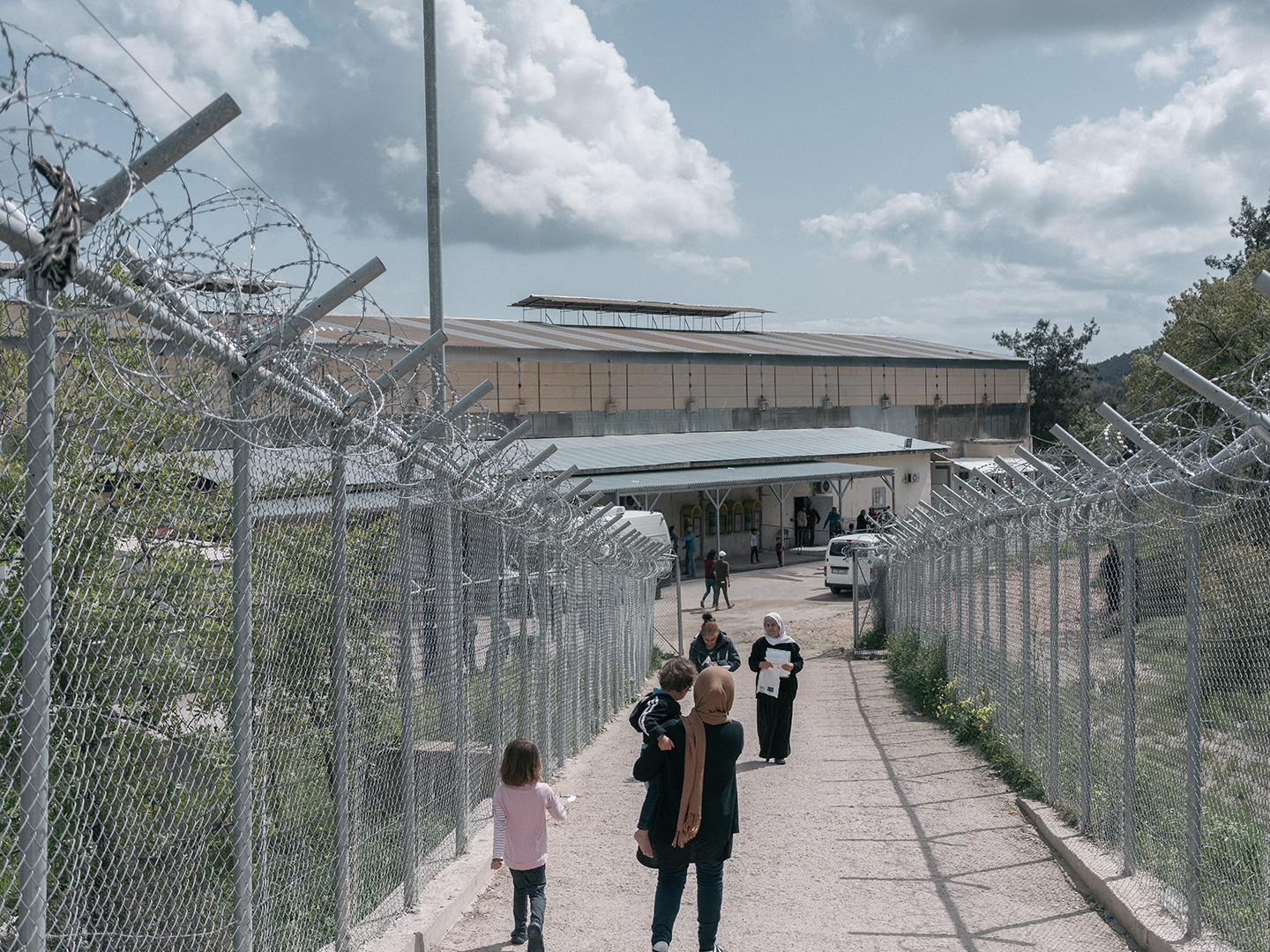

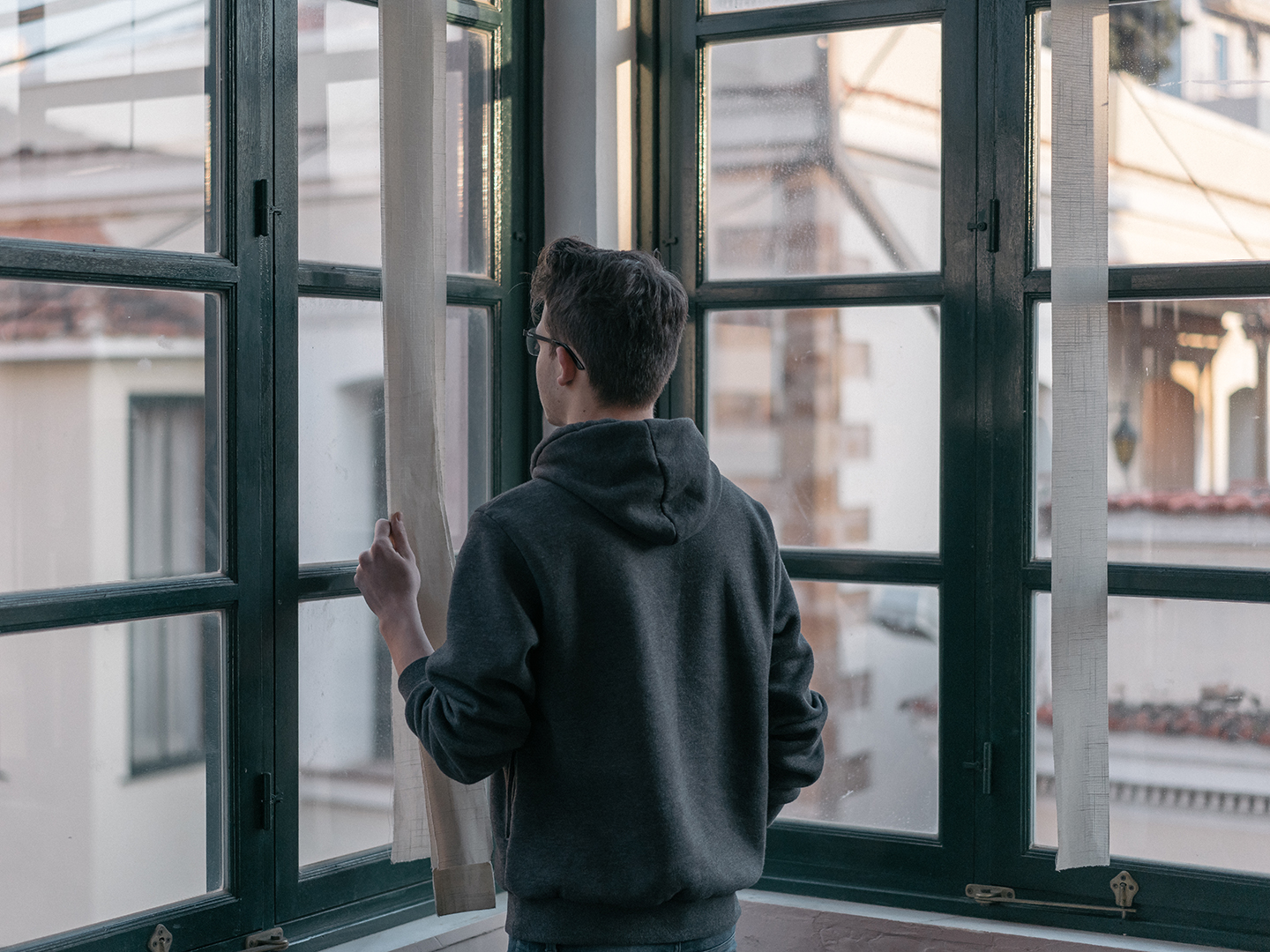




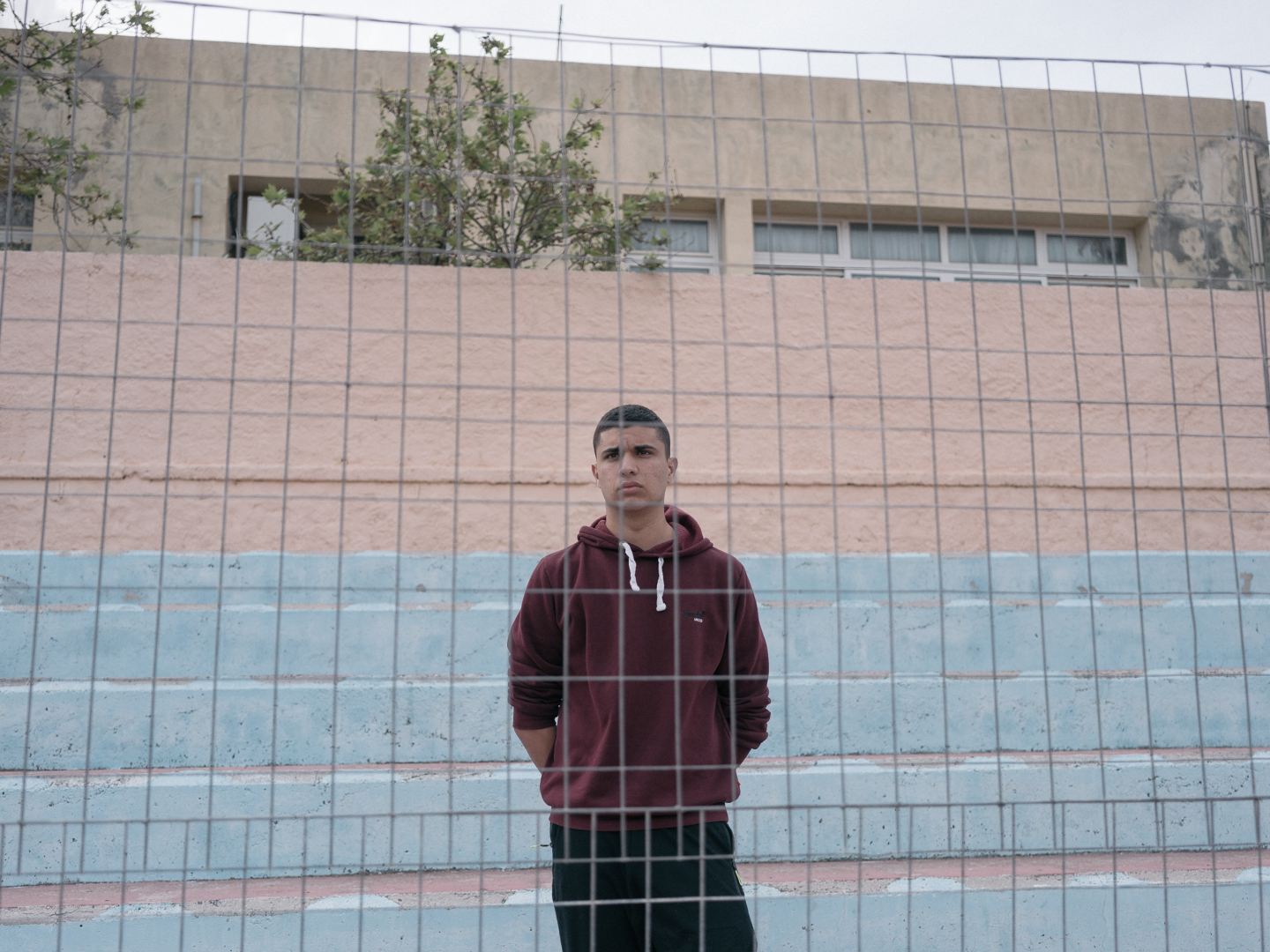
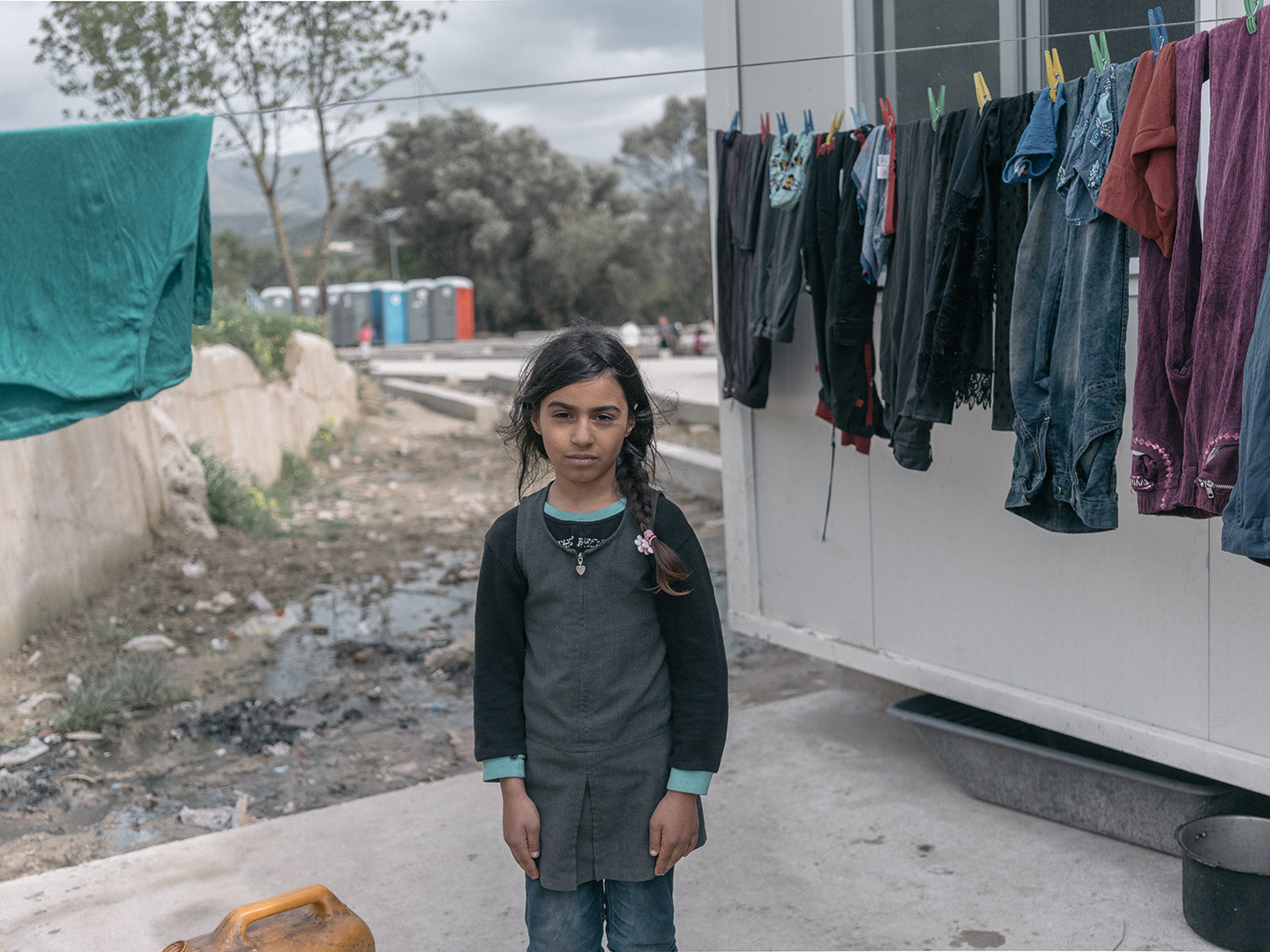
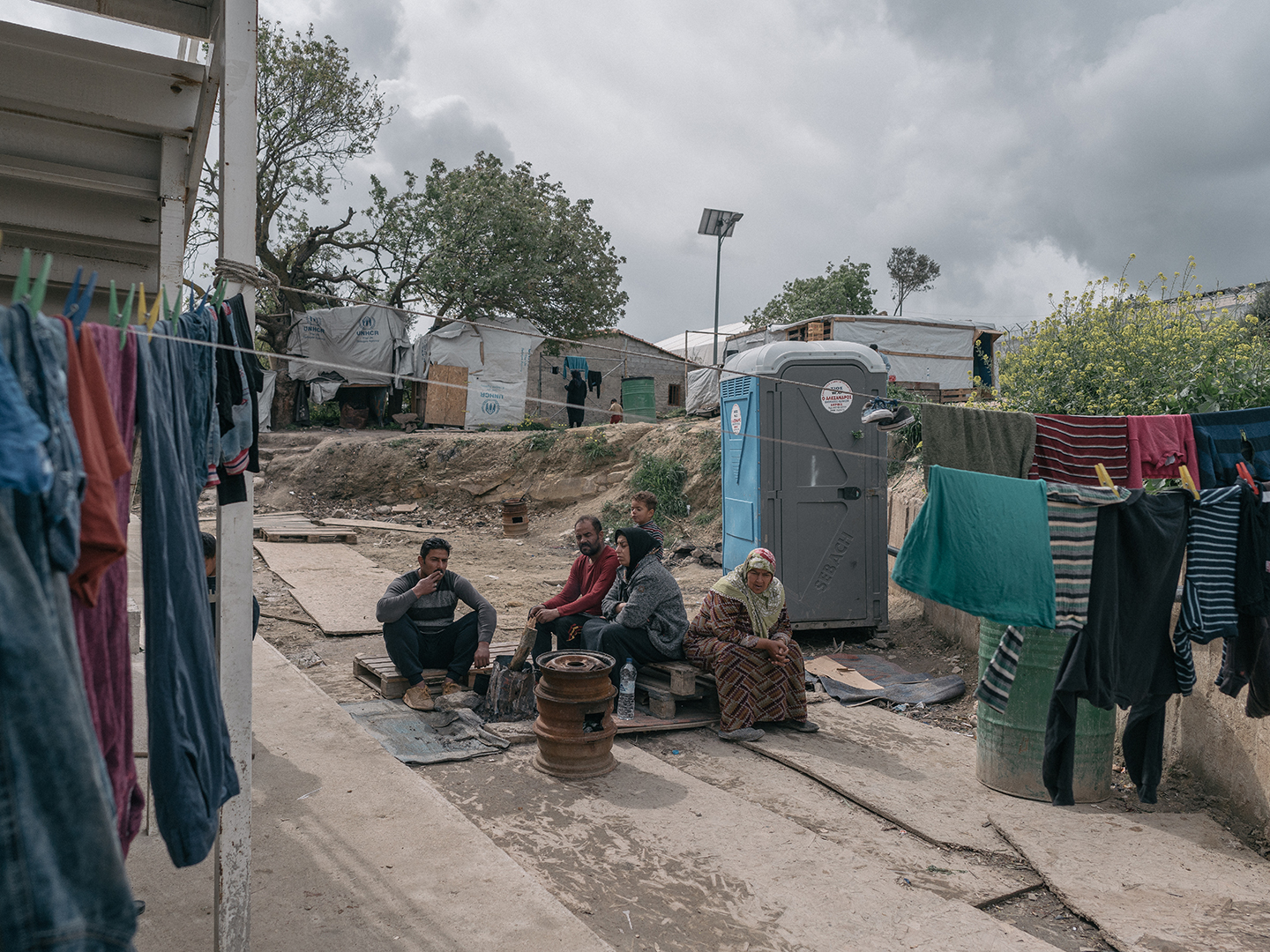
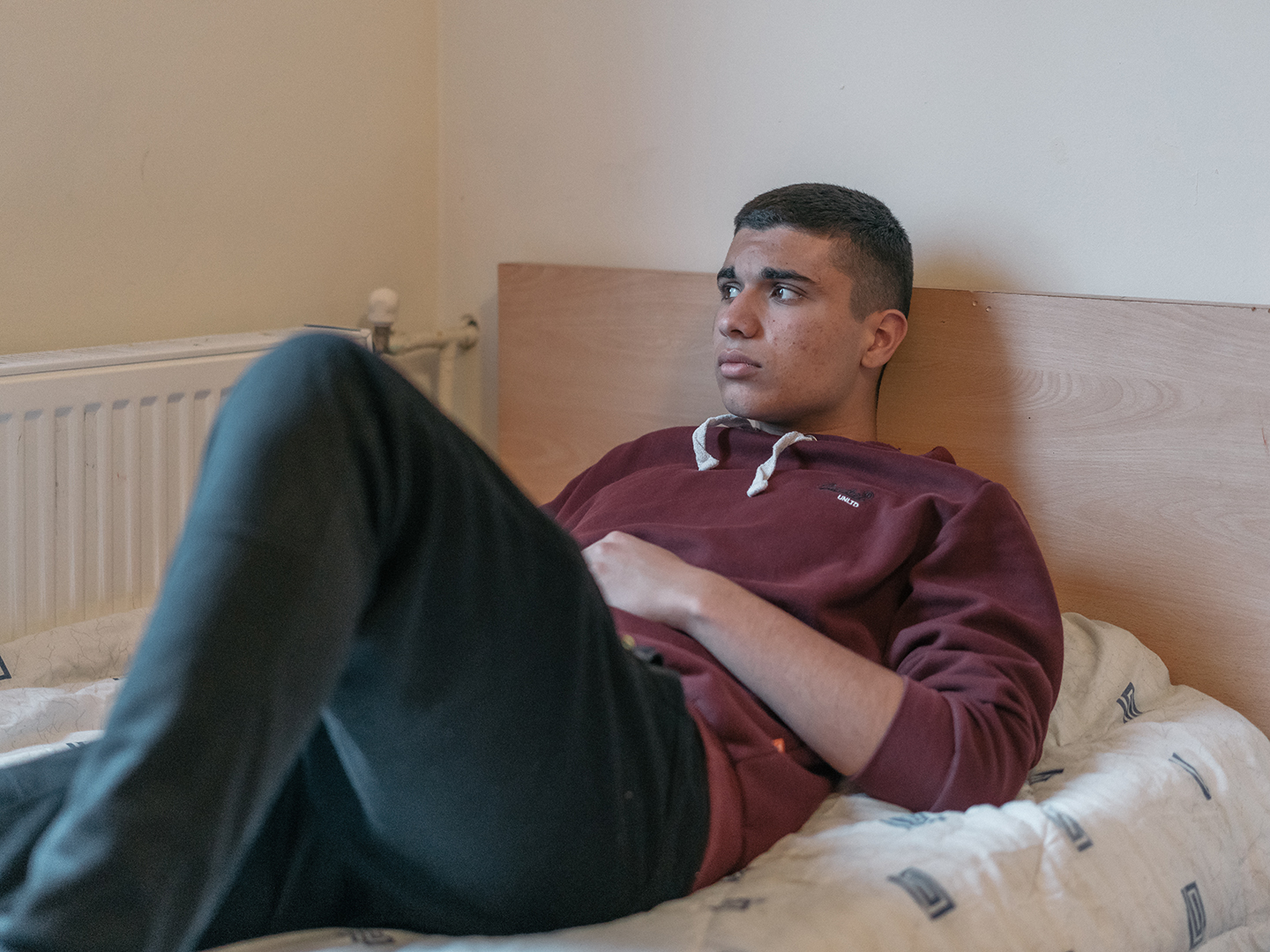
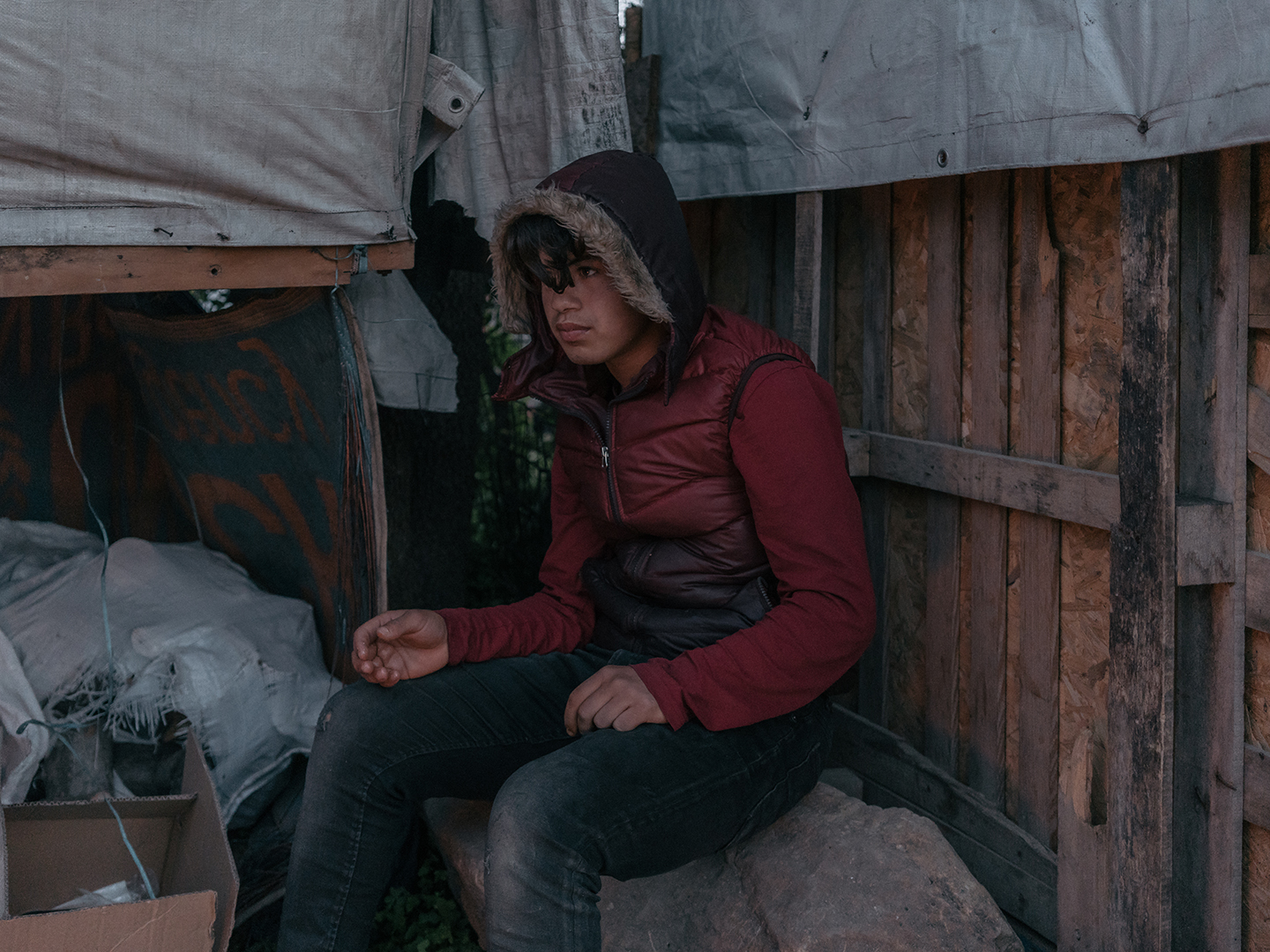
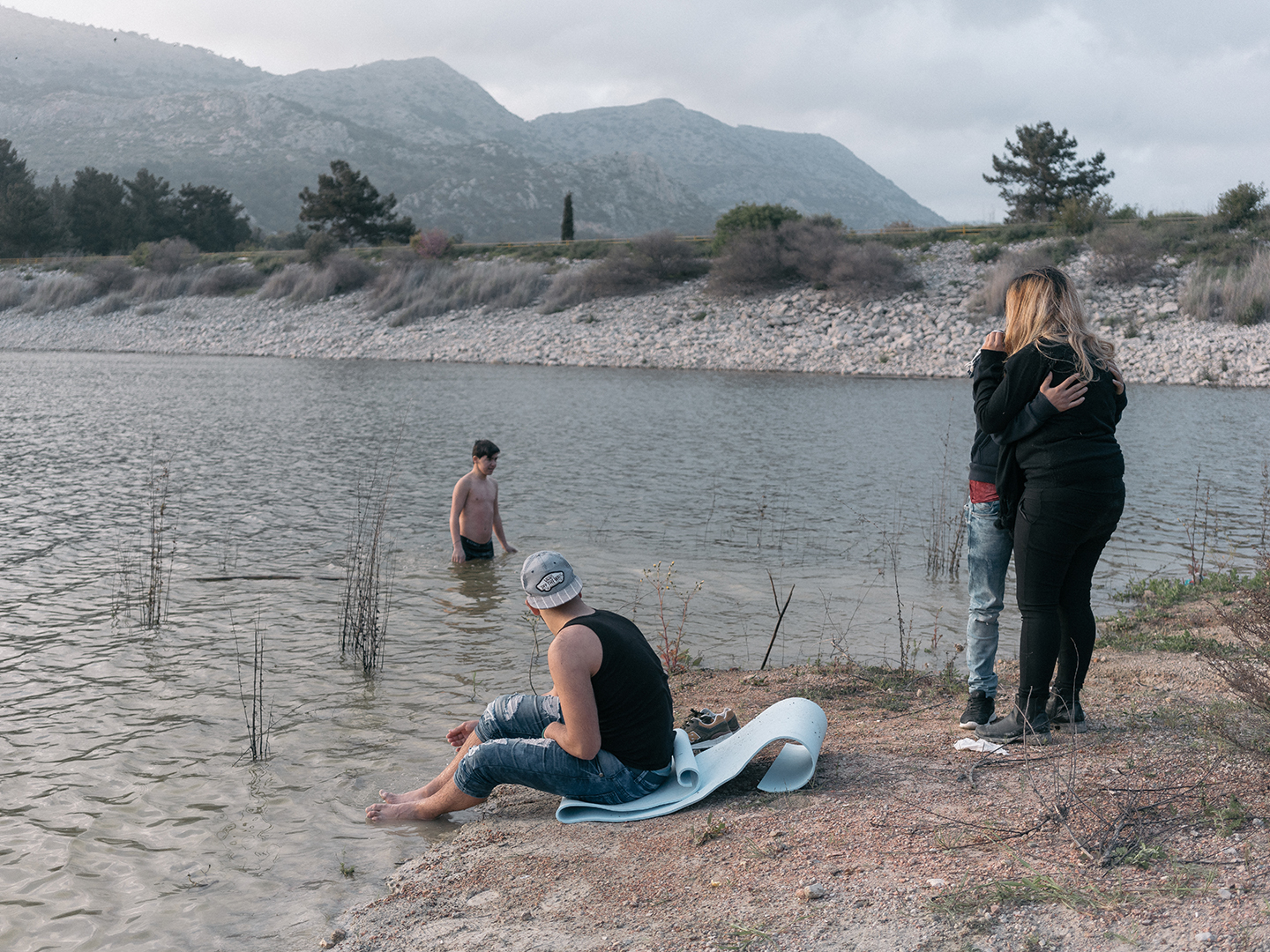
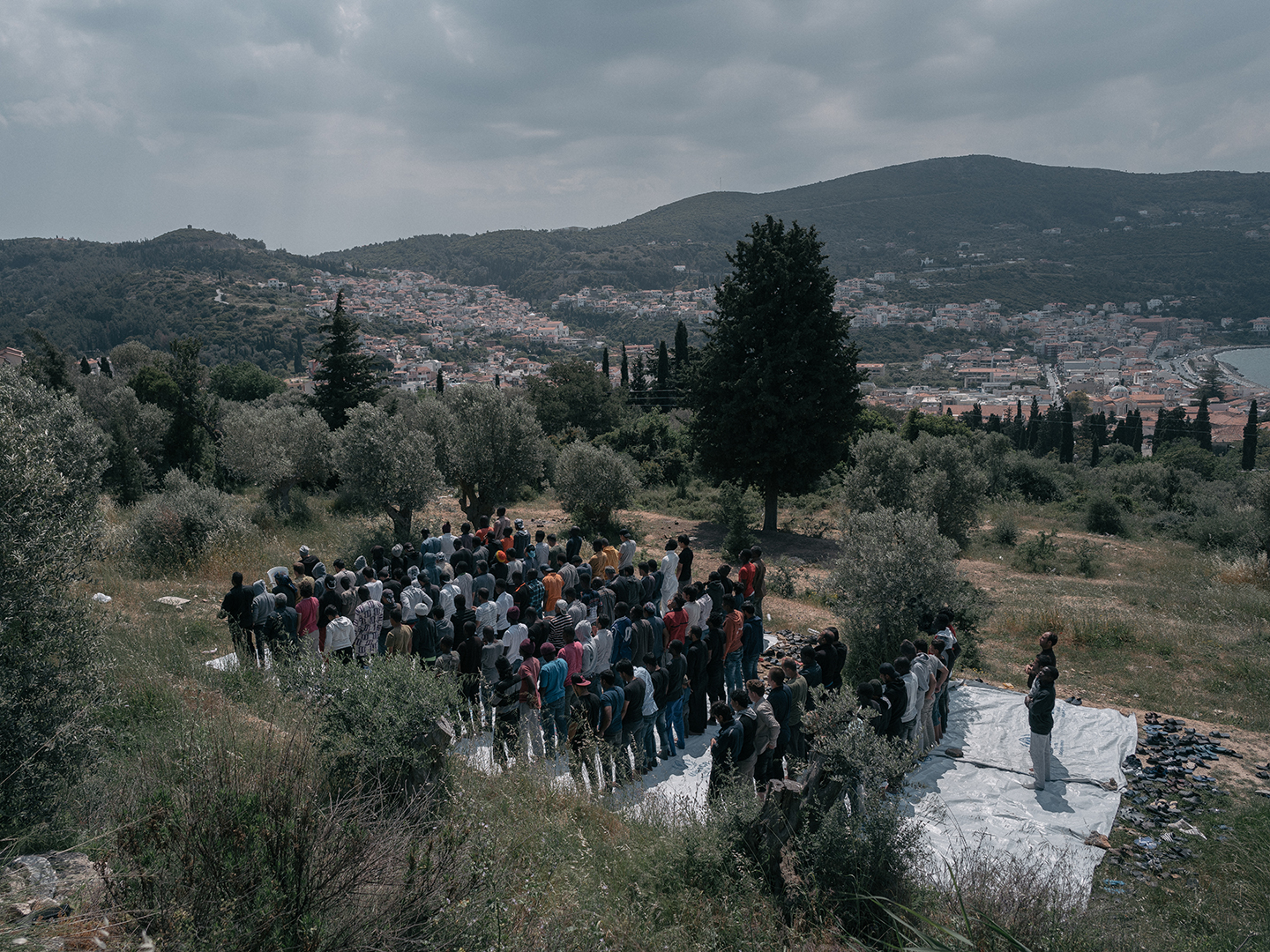












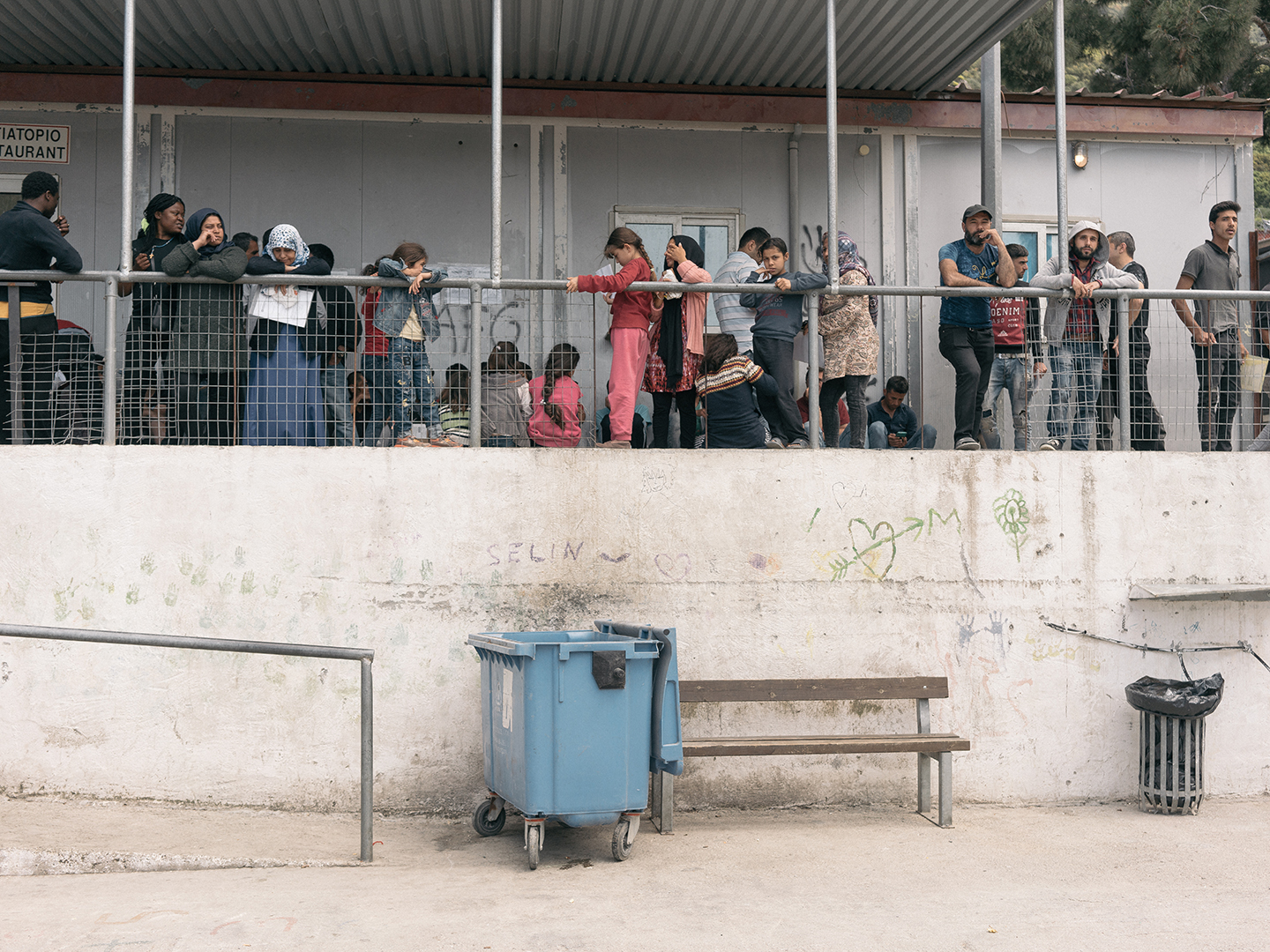

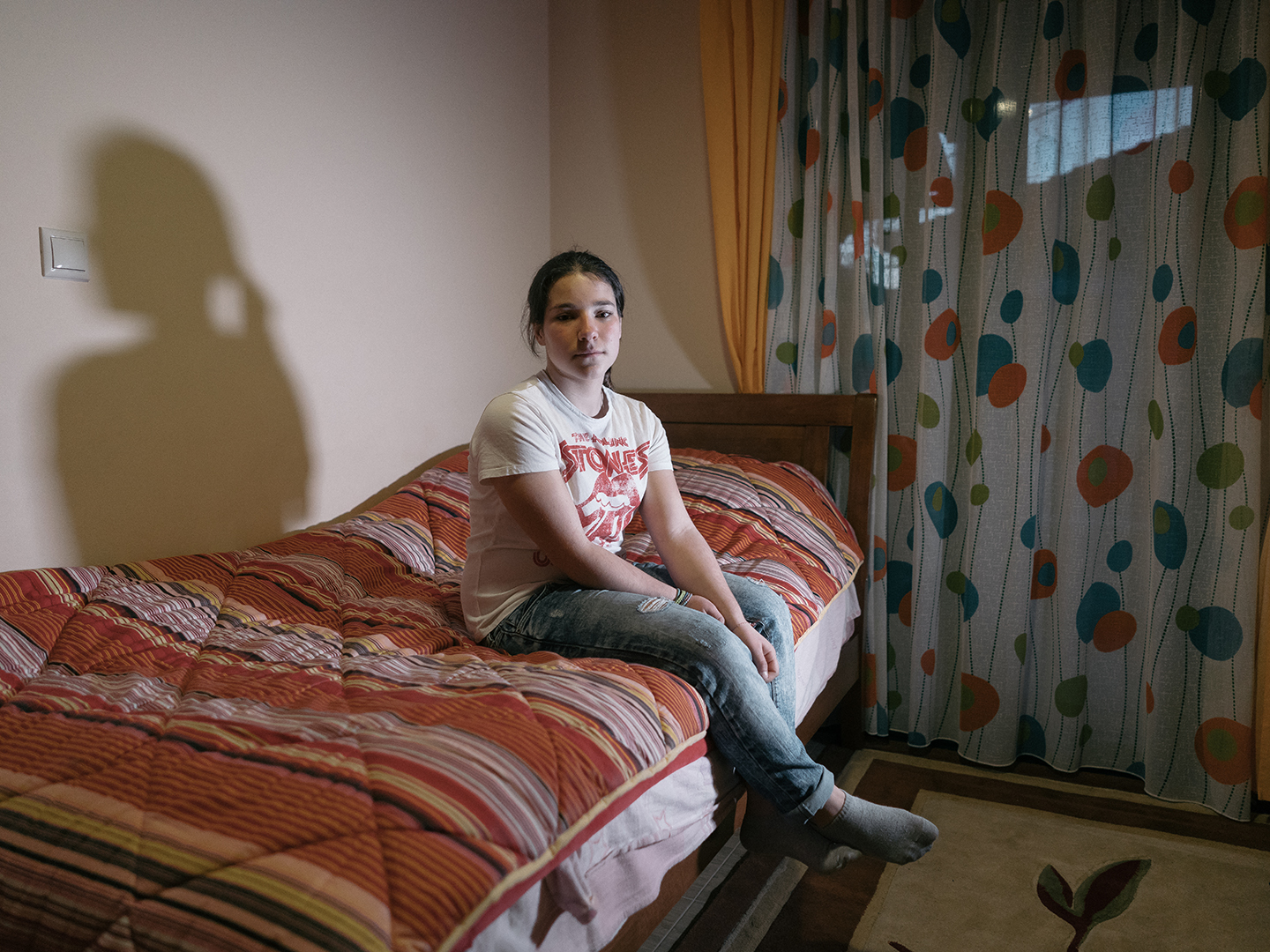




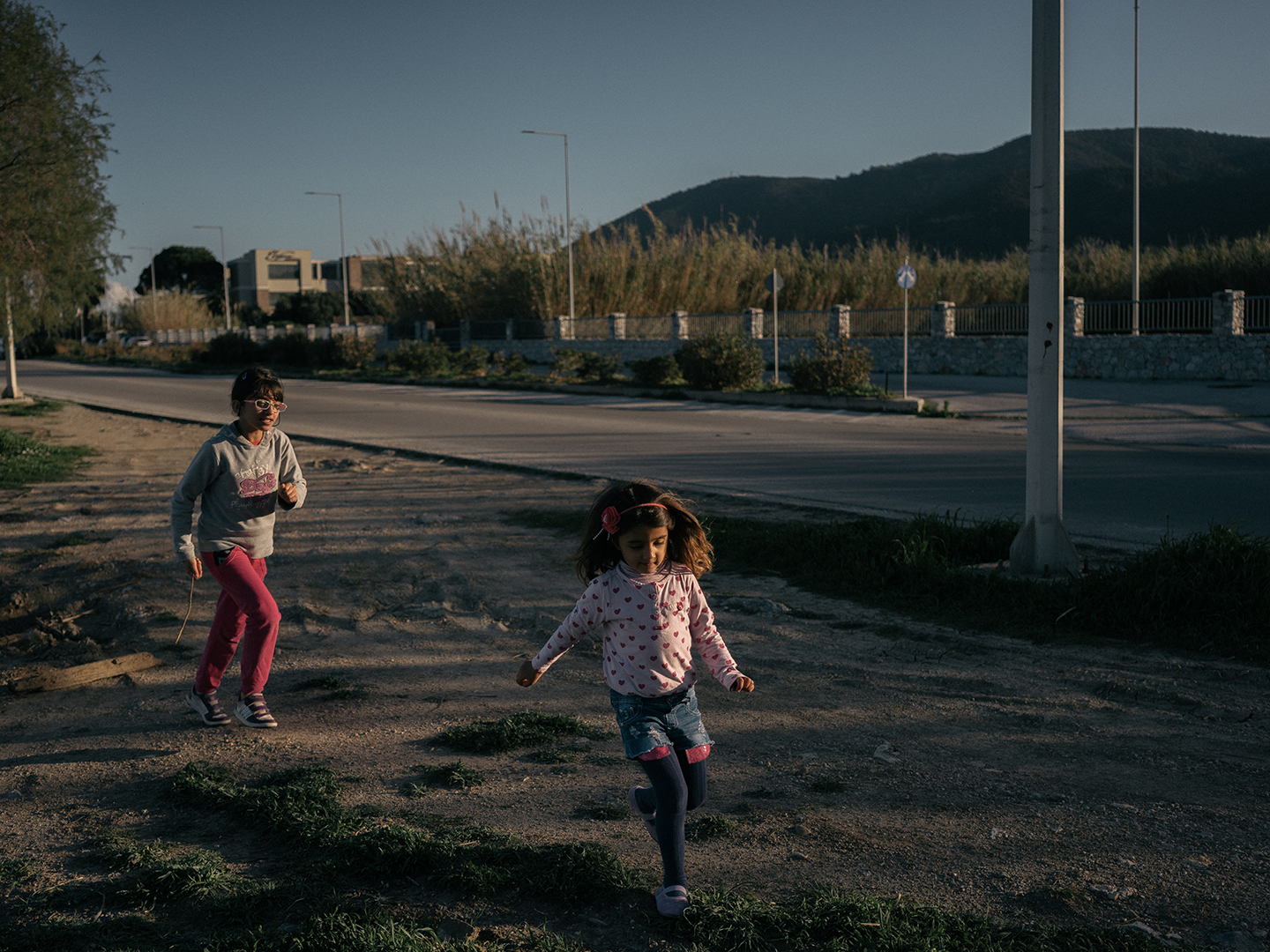









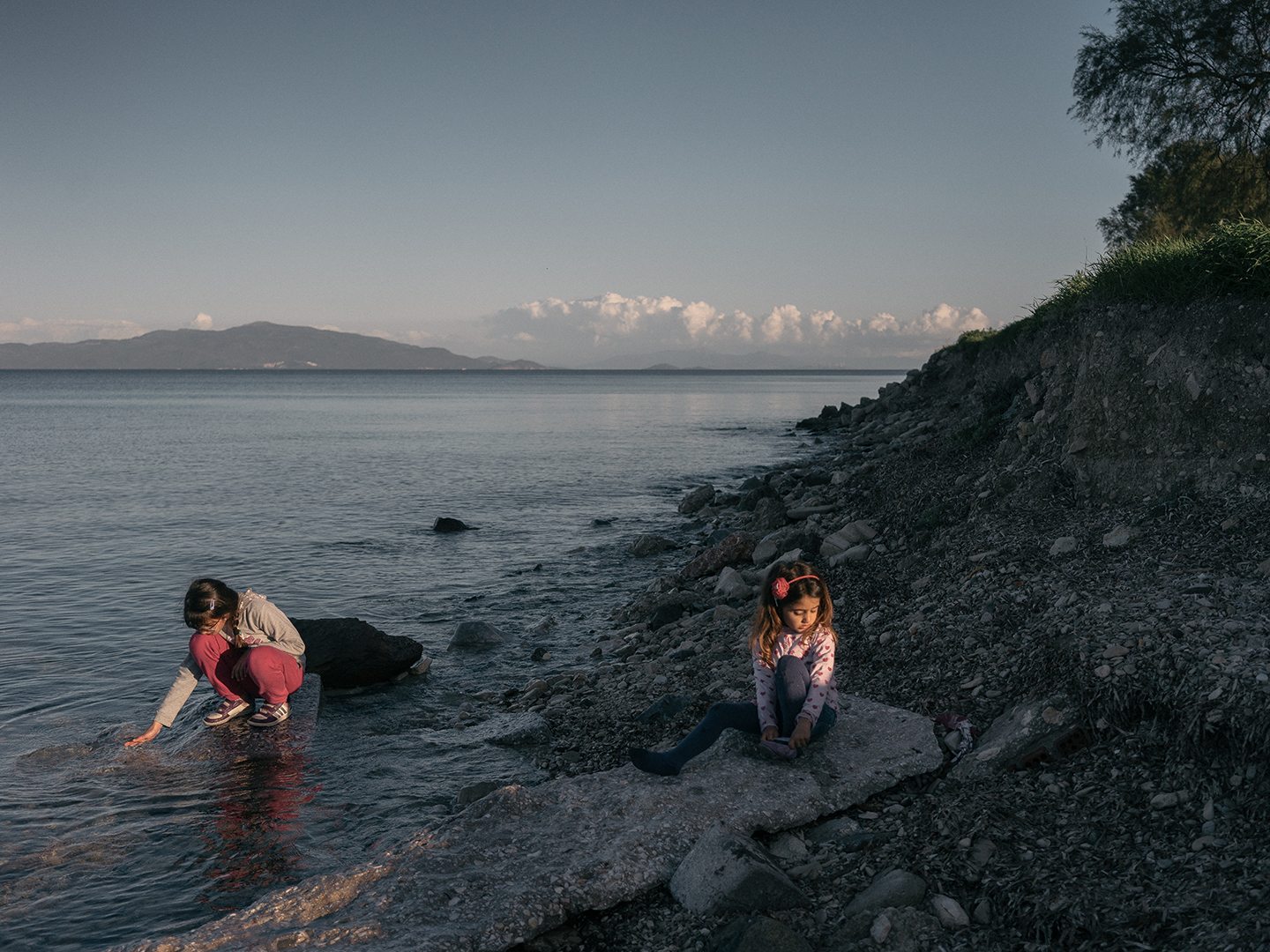

How do you photograph a subject that has already been photographed a million times? How do you approach people who live in a constantly evolving drama and they have been so many times, the protagonists in front of the camera lens? How can you escape the ease of sensationalism that such a photo subject can generously offer to the photographer? At the same time how do you describe those who were not in the front-page of the newspapers during the previous years but who lived in the forefront of the events and are still living a different but parallel everyday life? When dealing with the most sensitive group of our society, children, all the above questions are becoming even pressing.
Download the book from here:
Call It Home (ISBN: 978-618-84074-0-4)

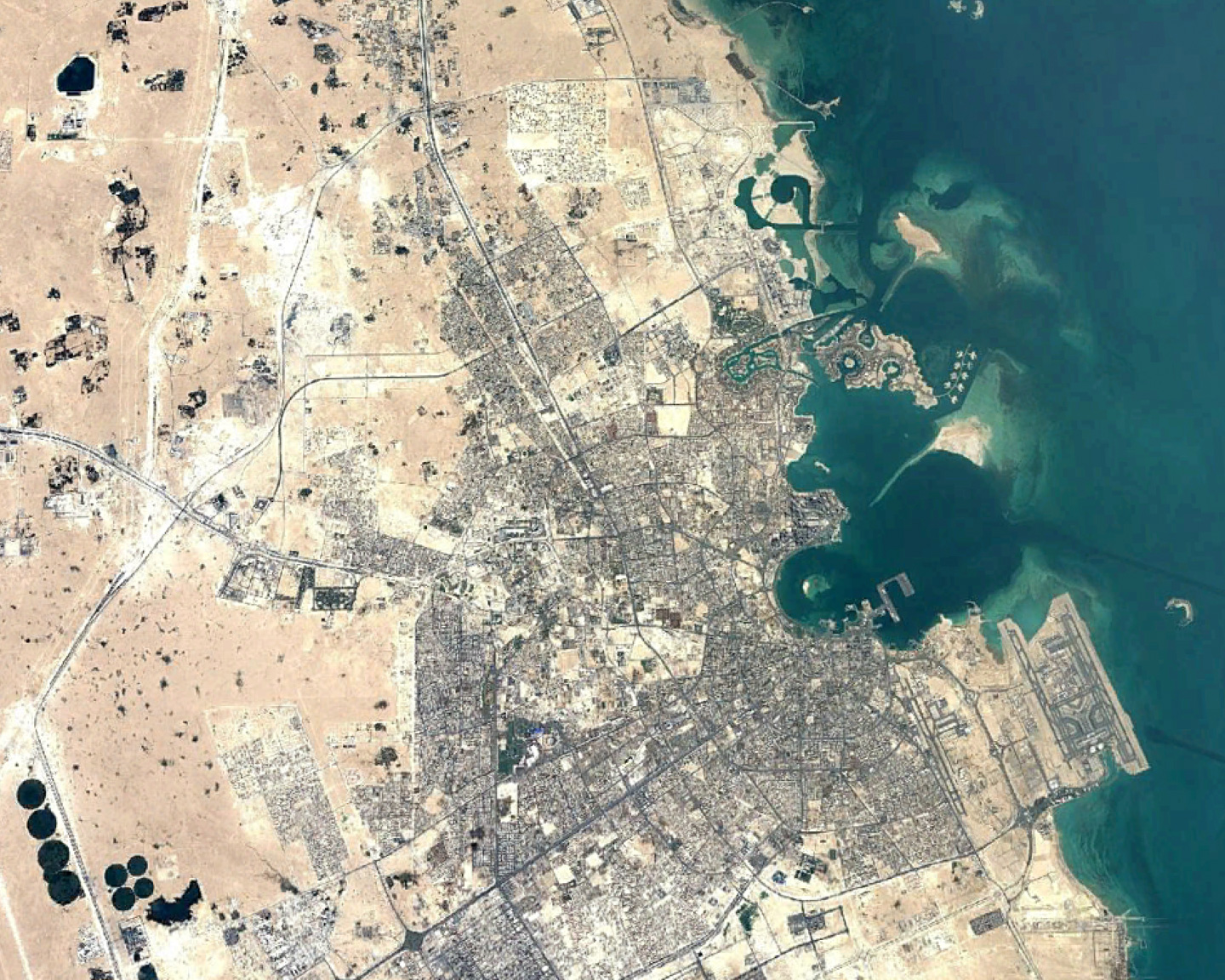
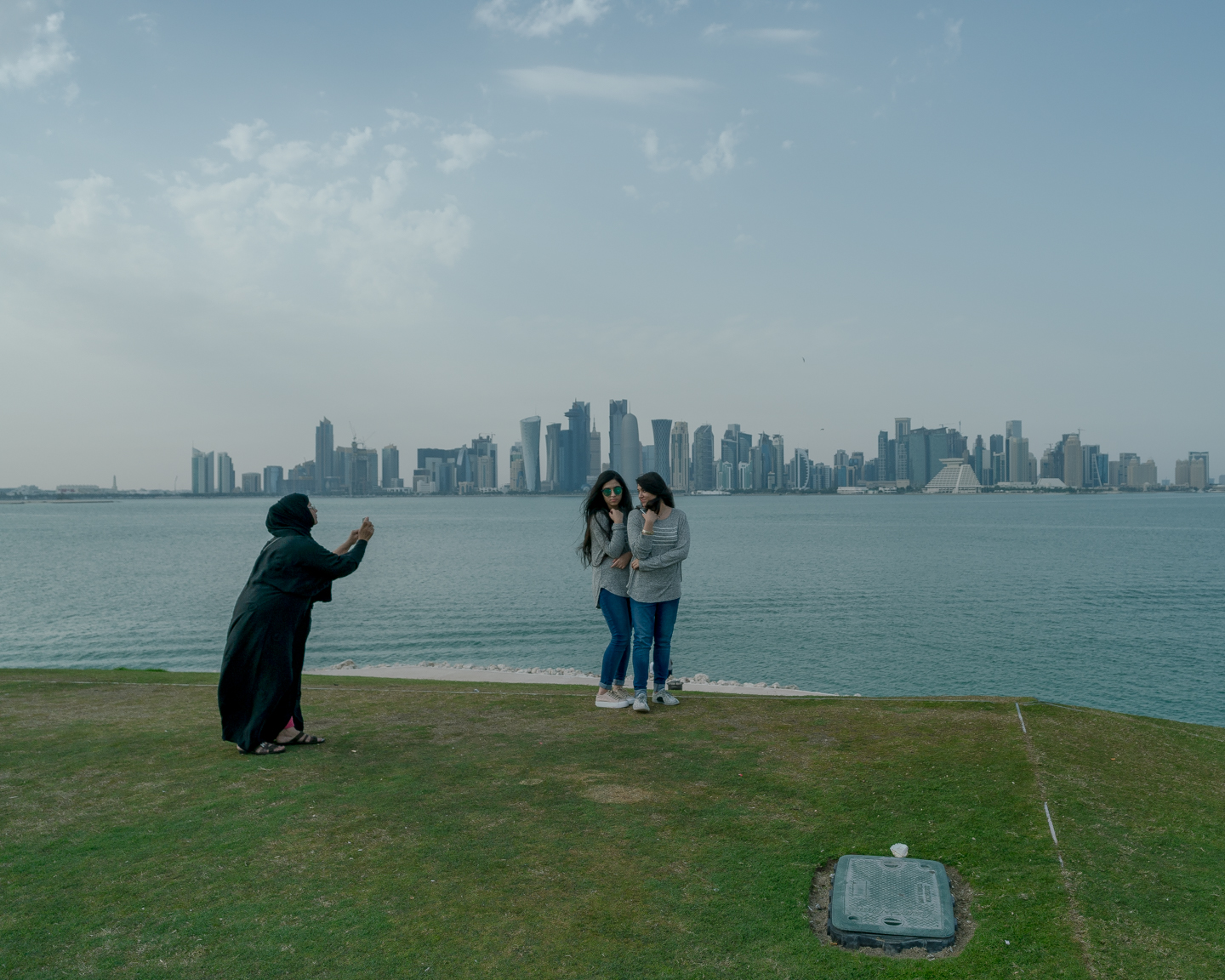
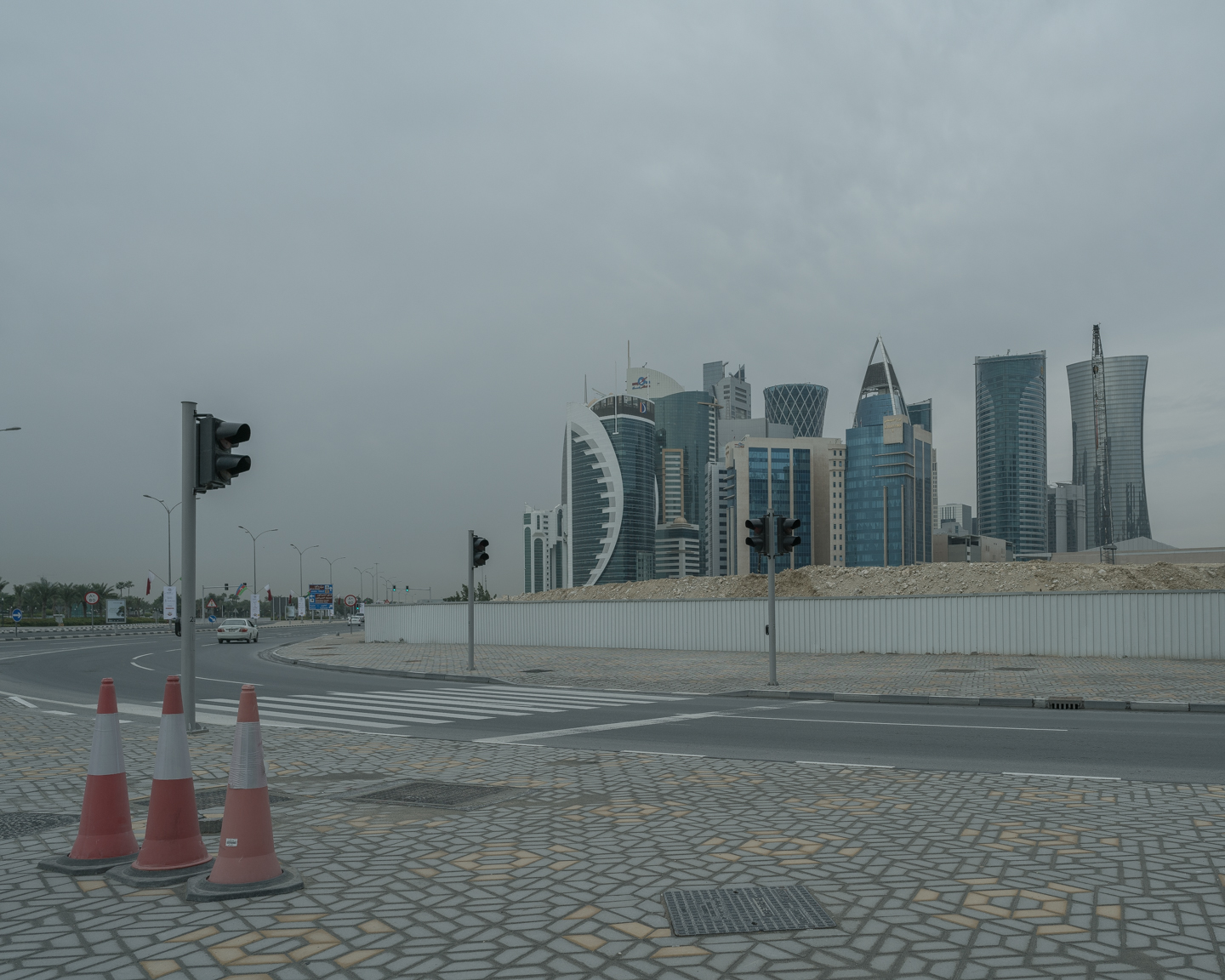
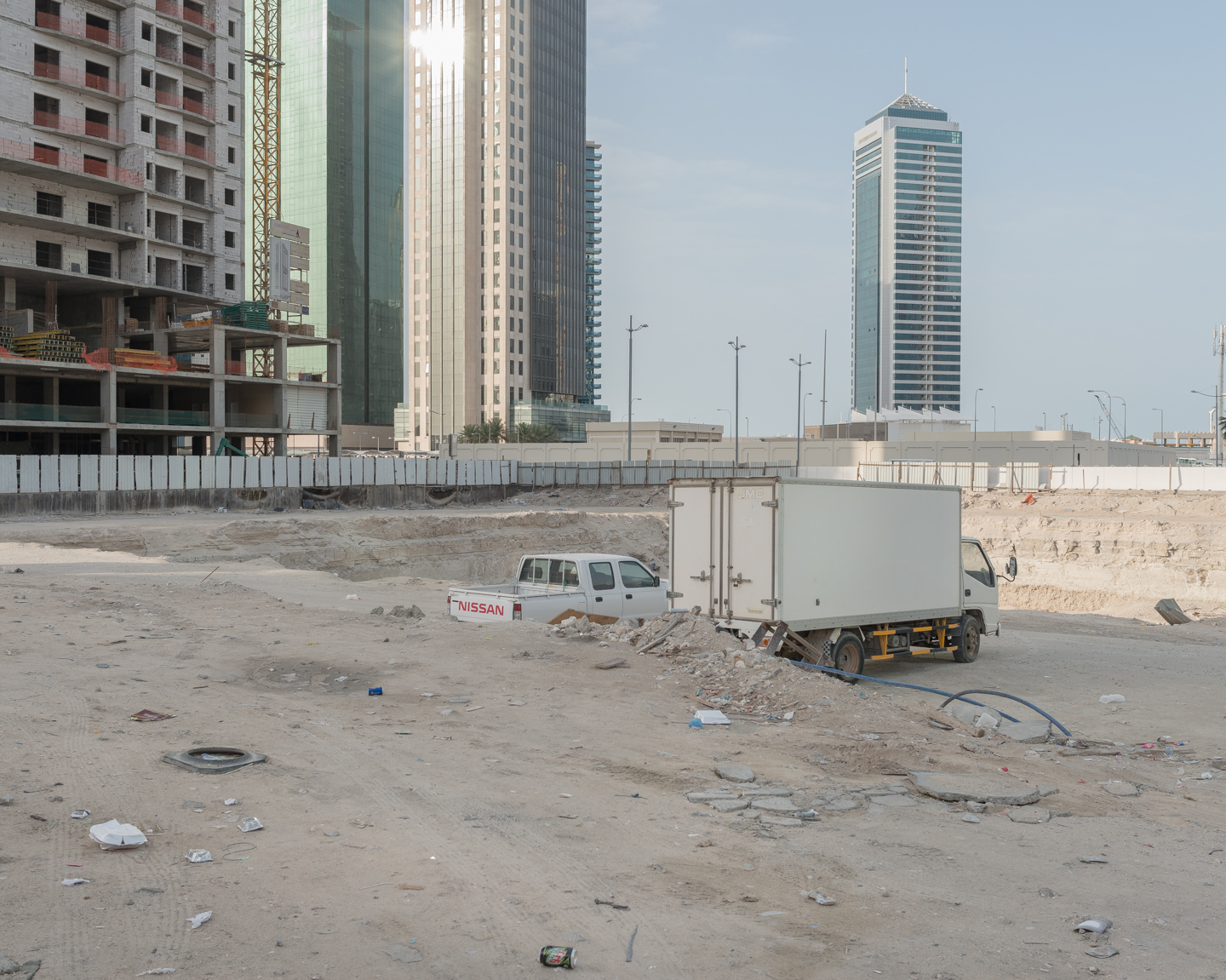
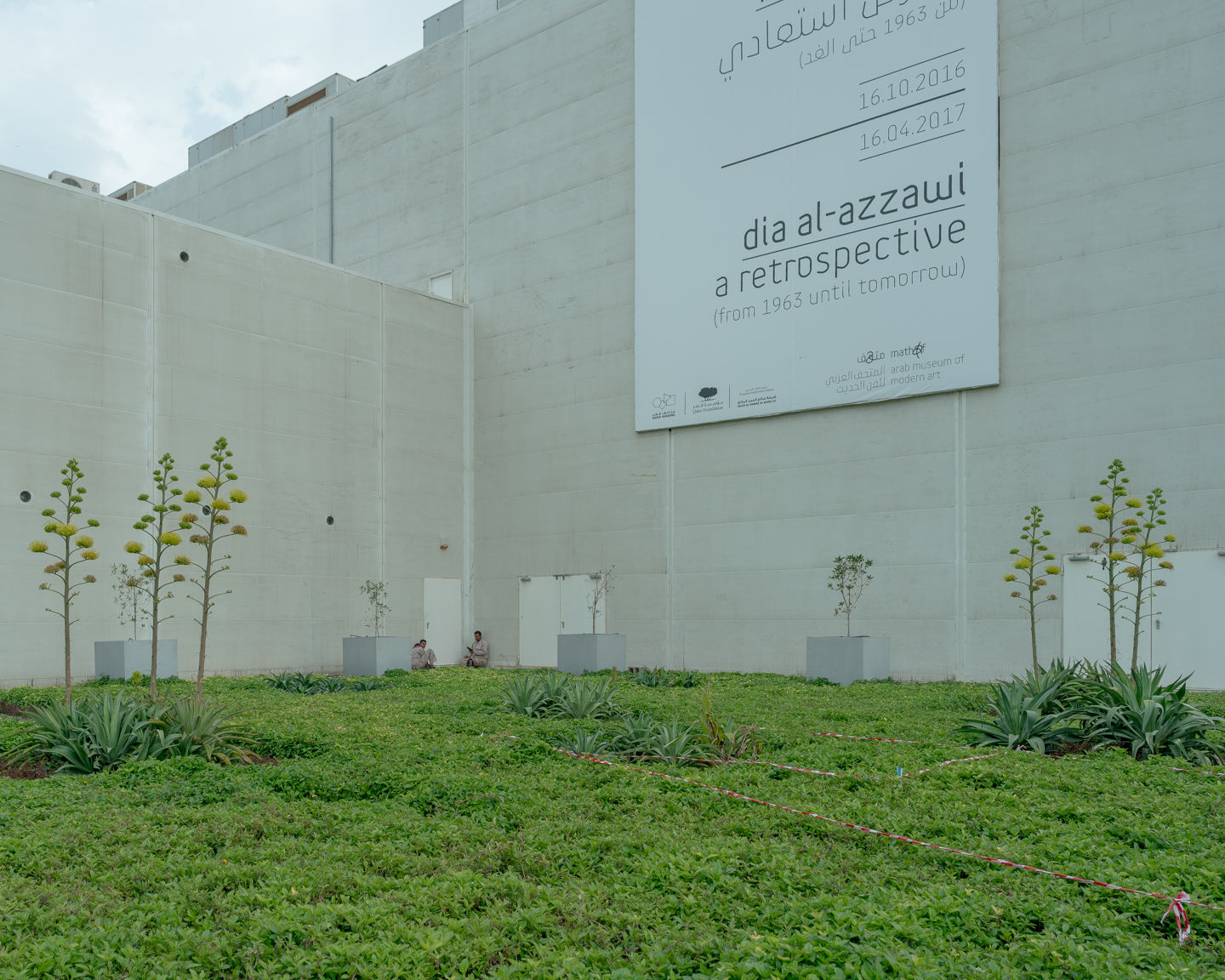





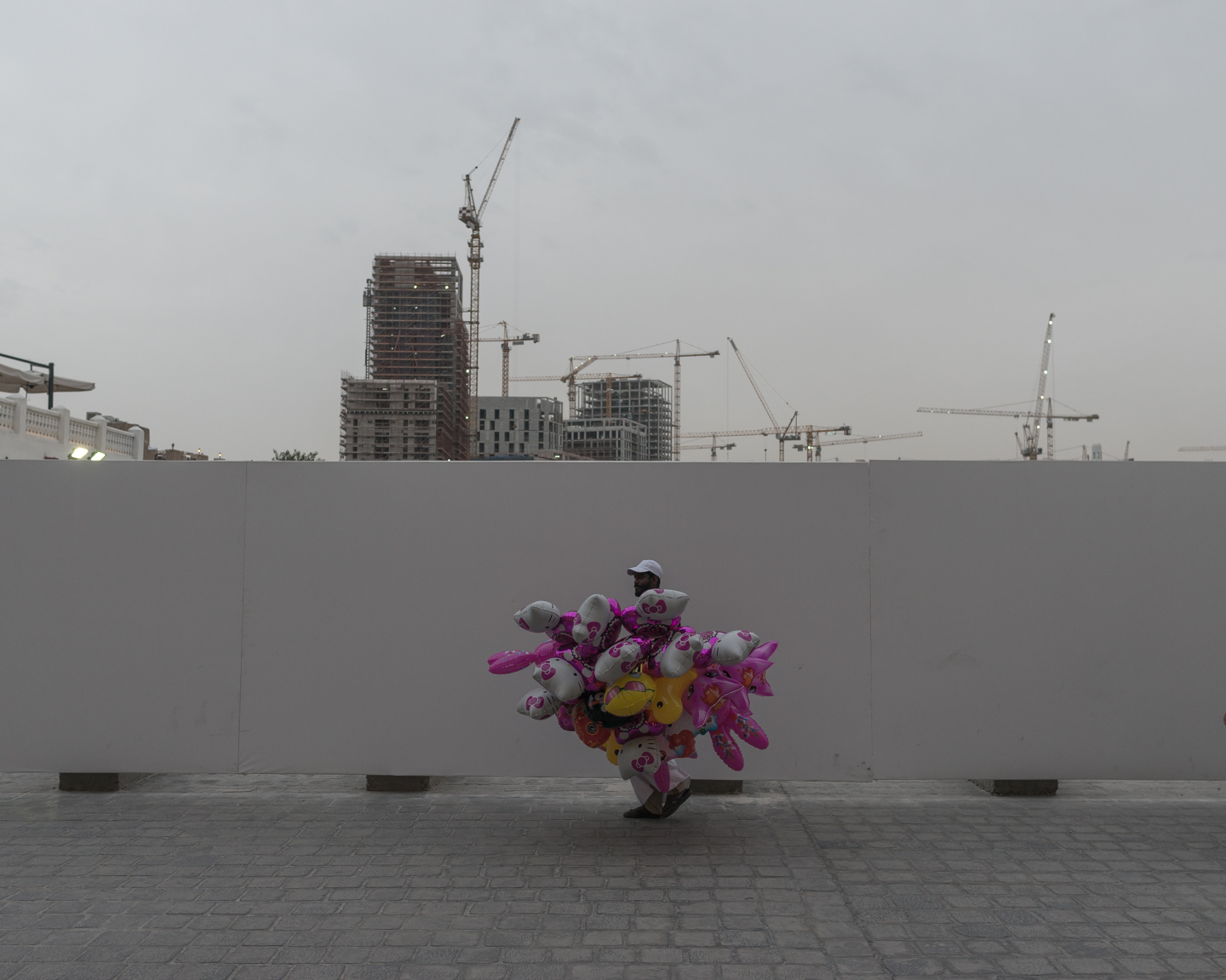
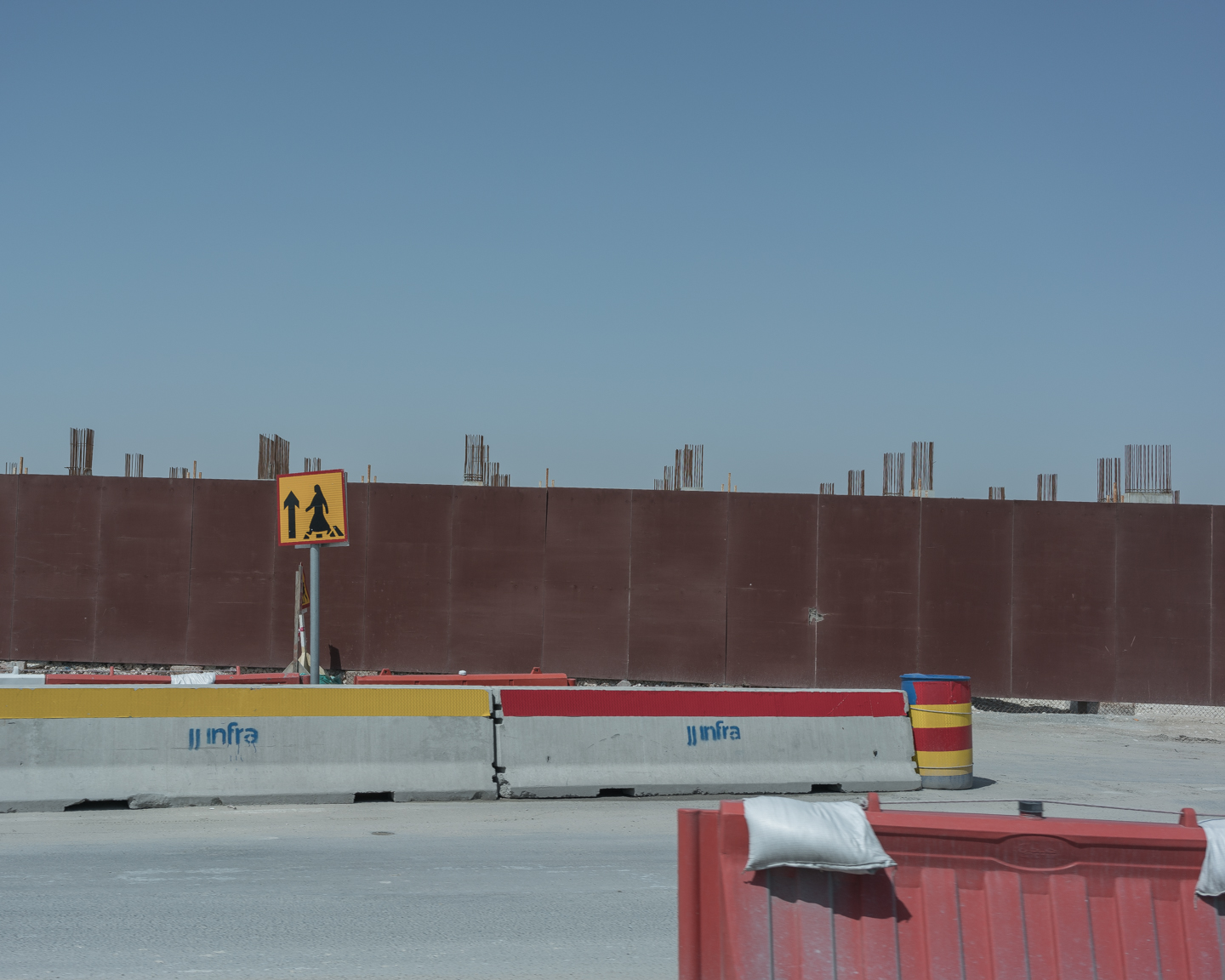



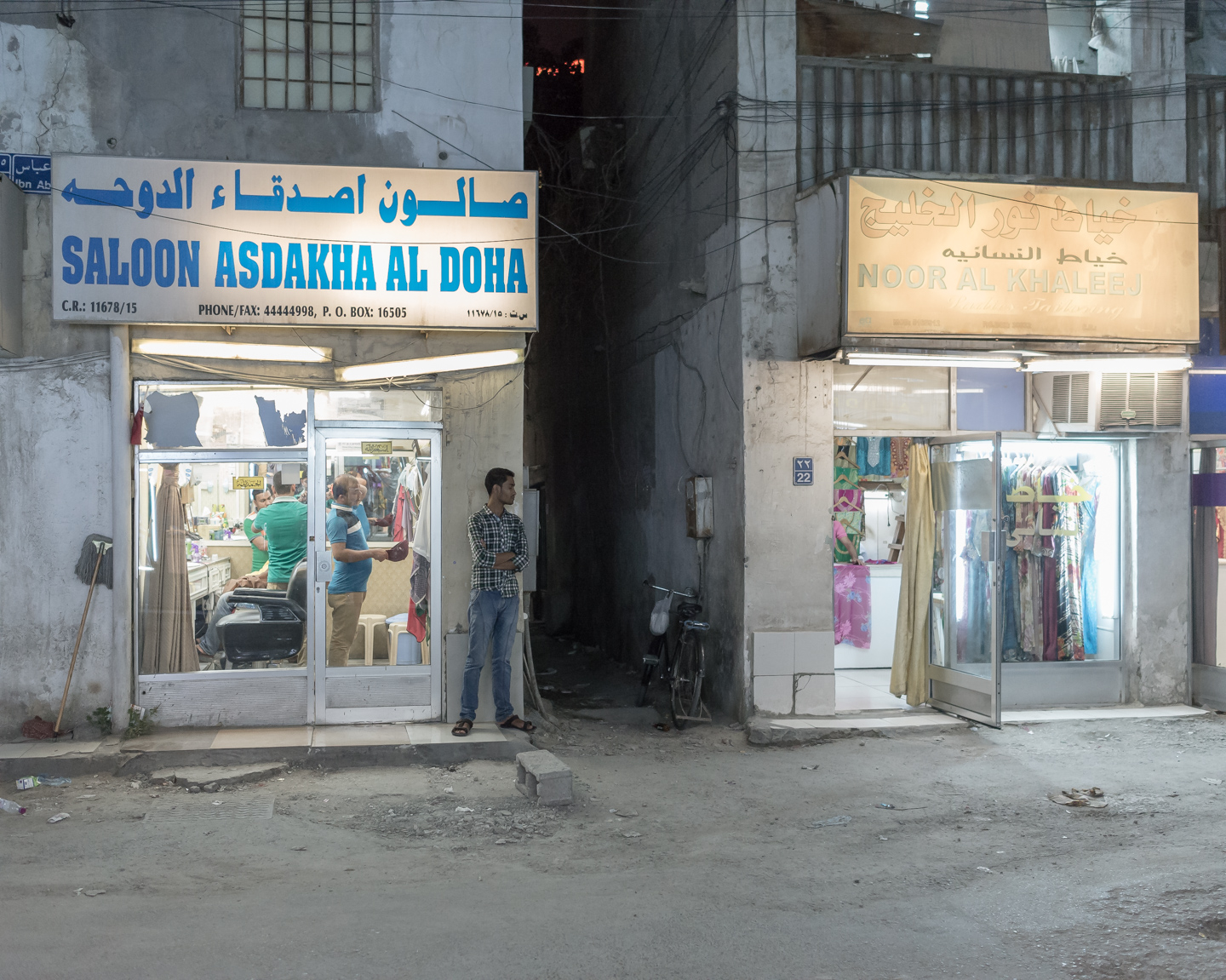
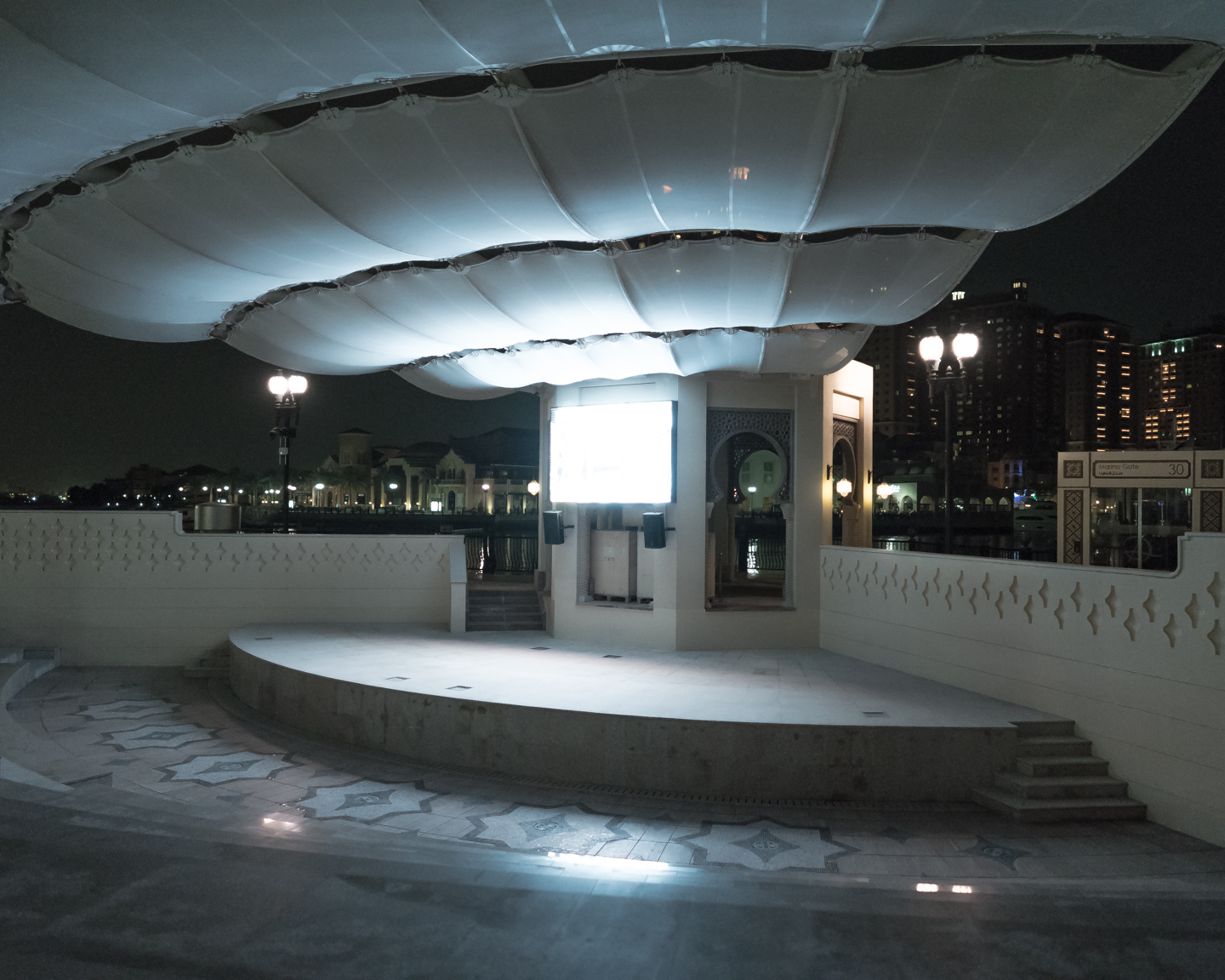


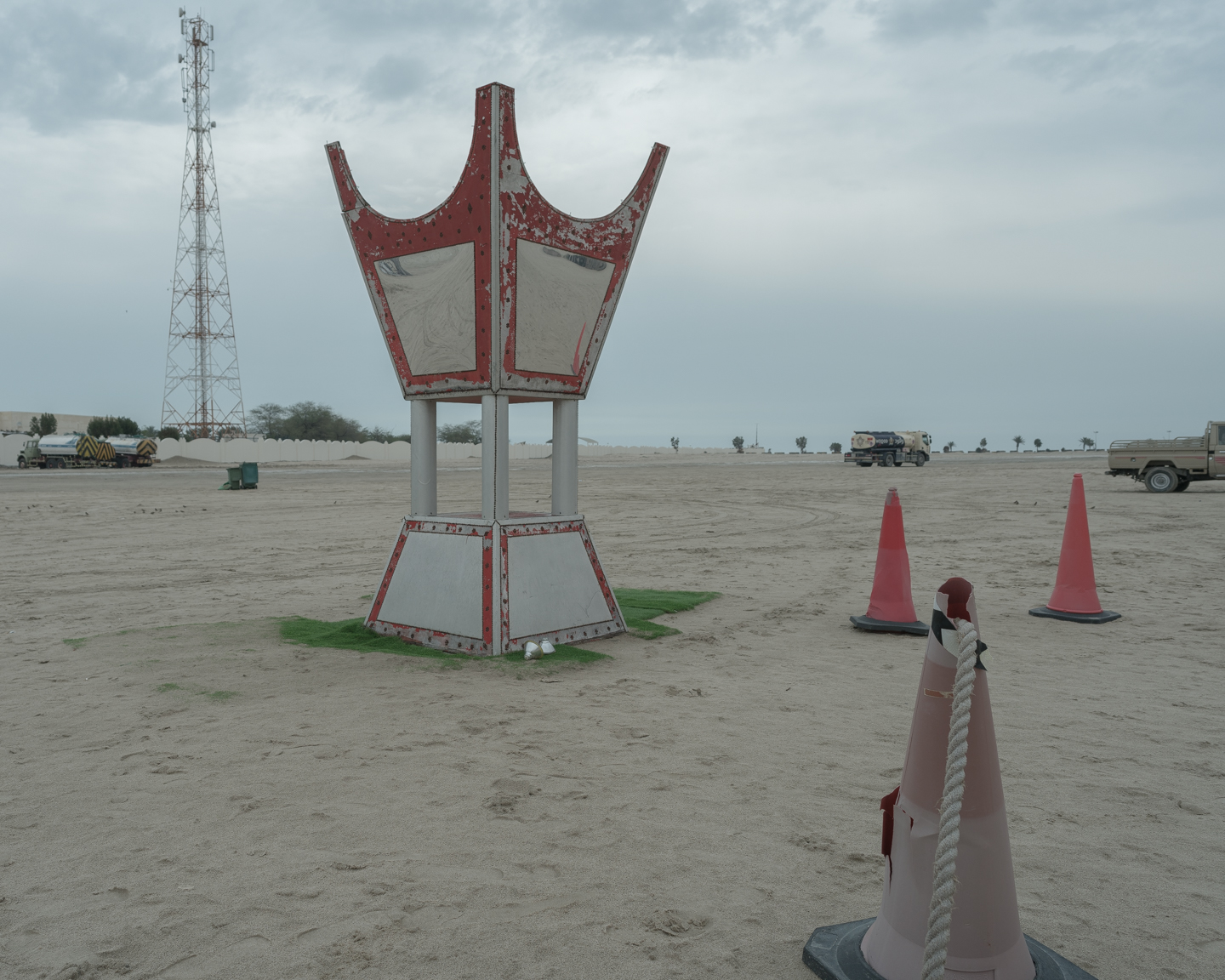

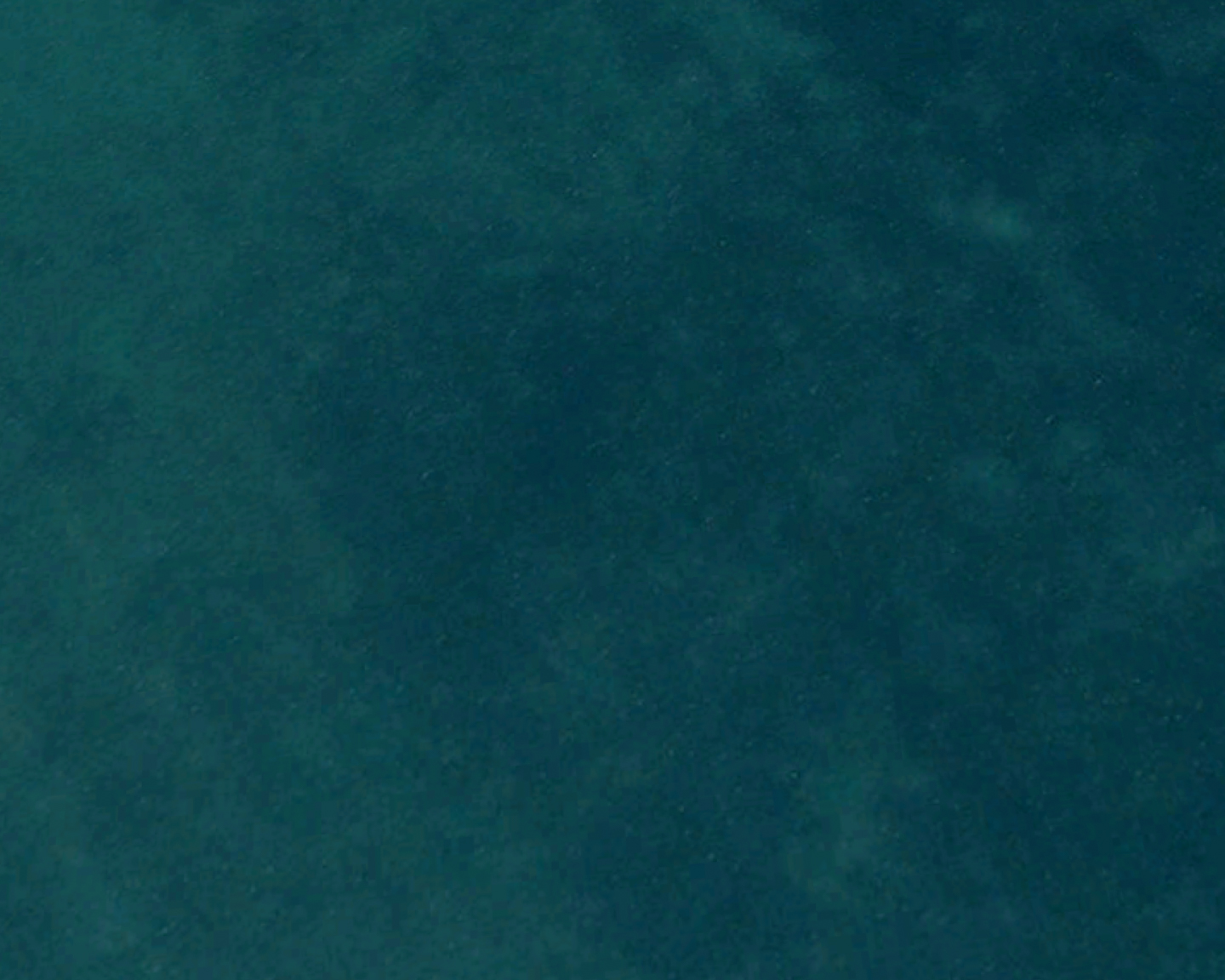

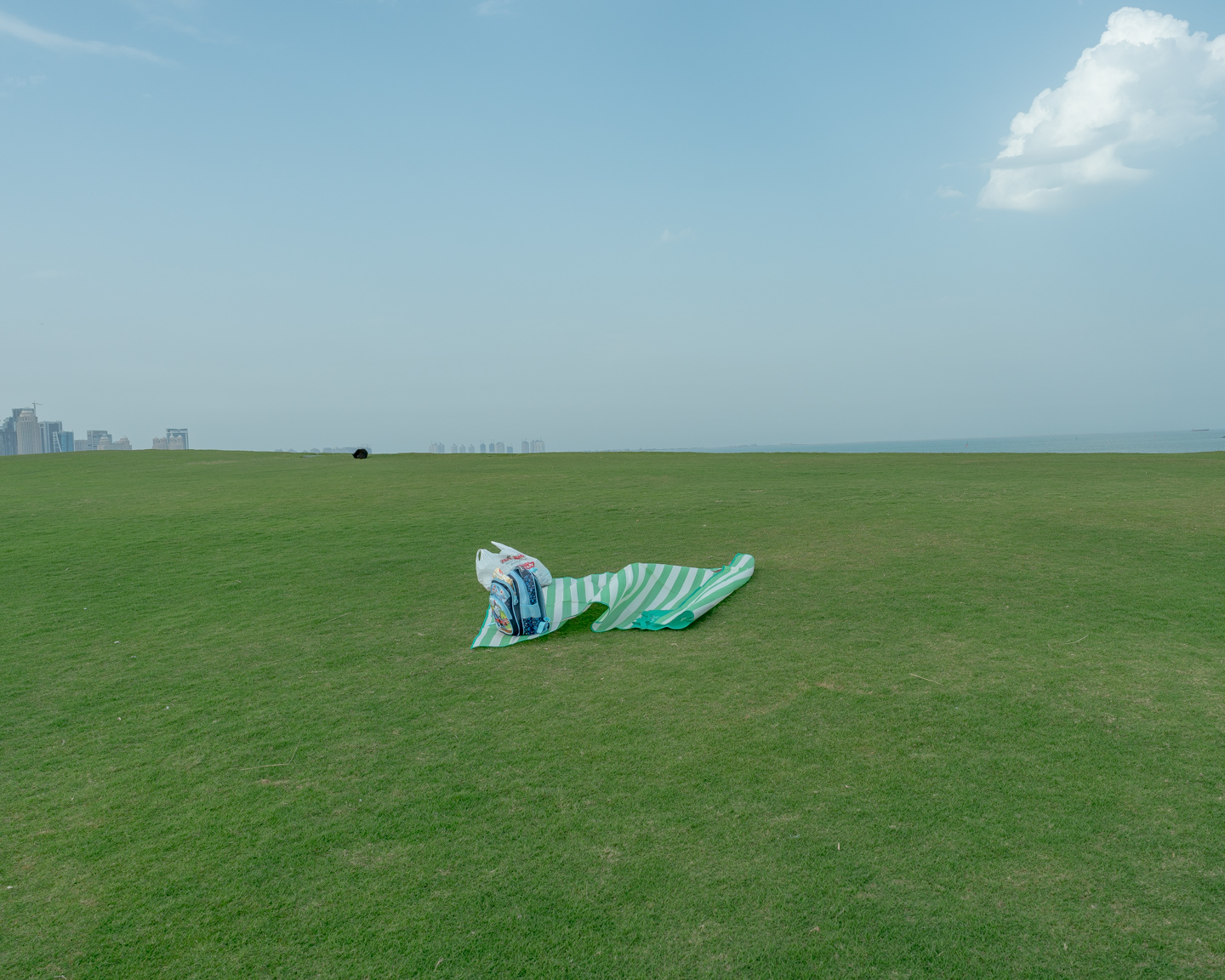
-A big tree, a harbor and a pearl-
Doha, (ad-Dawḥa or ad-Dōḥa), translated in modern Arabic as "the big tree" and based on local dialects as "rounded bays" is the capital and most populous city of the state of Qatar. It is the fastest growing city in the country. More than half of the country's population lives within the boundaries of the Doha metropolitan area.
Already at the end of the 20th century, the gradual transformation of the small coastal settlement and pearl fishing port into a modern metropolis creates a constant interaction on multiple levels, between the various cultural groups that overwhelm it. Unlike Western countries, in Qatar expats represent the majority of the population. Doha has become a city of immigrants of different levels and rights. Urban spaces map and mark the boundaries between different social, economic and cultural groups and how these groups interact and survive within the confines of the megacity.
Doha is a city in the making. The city is a rapidly growing financial center, an upcoming metropolis in the Persian Gulf. Its modern metal and glass skyscrapers replace the traditional low-rise adobe buildings and empty desert areas. The rapid transformations fueled by the country's new wealth are reshaping the landscape and becoming the new traces of memory and identity for historians of the future. The construction sites and completed buildings create a sense of timelessness.
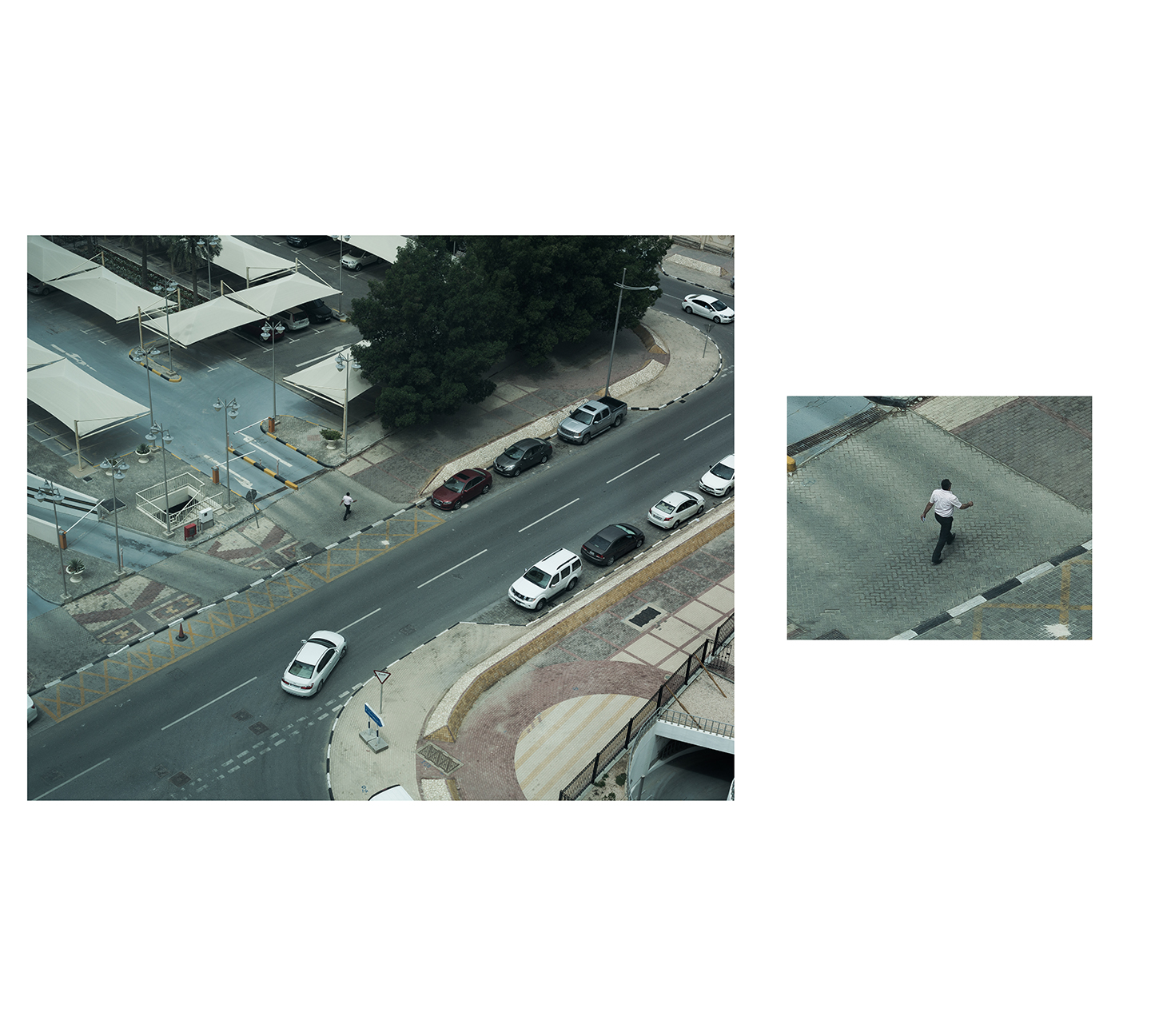

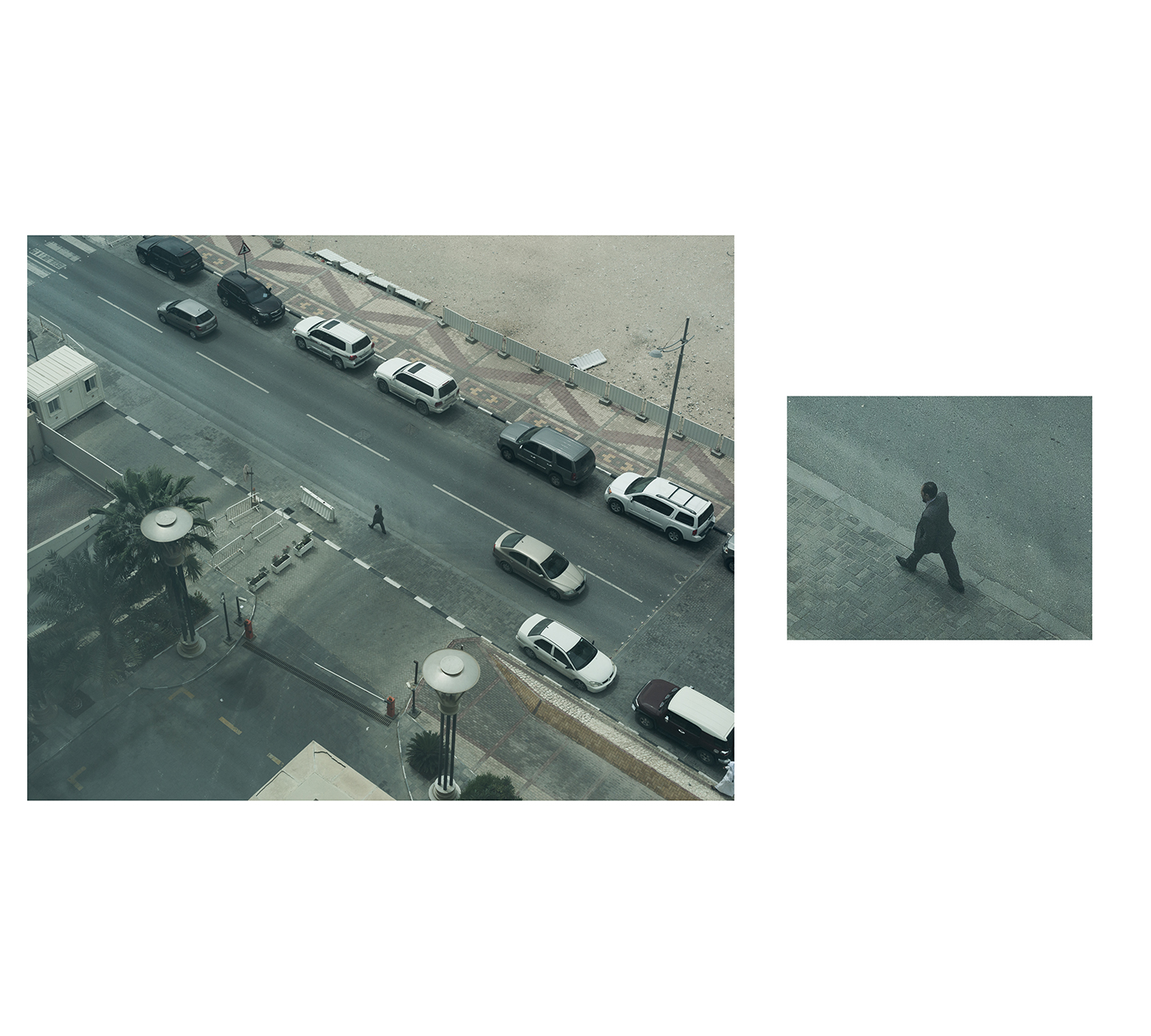
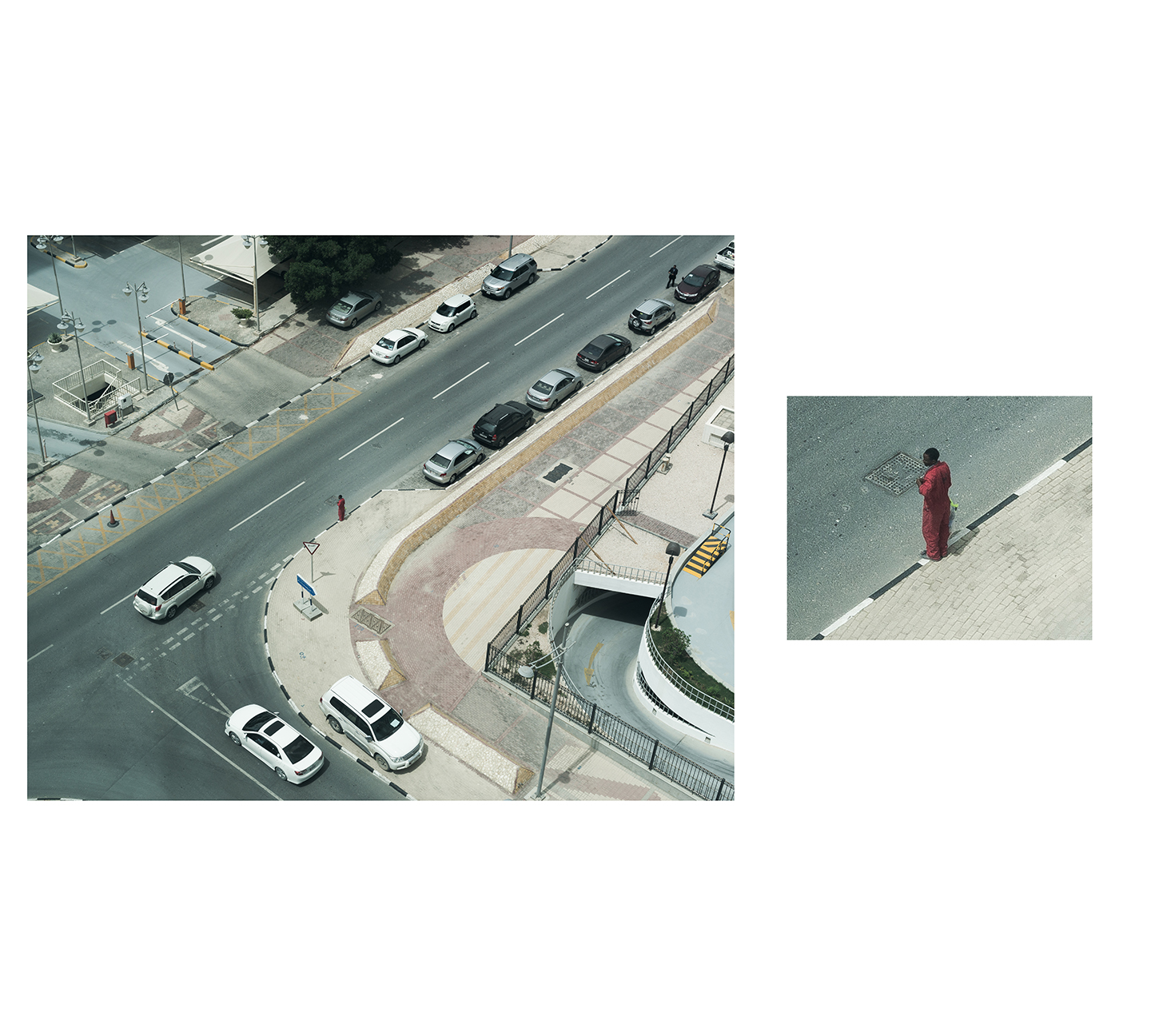
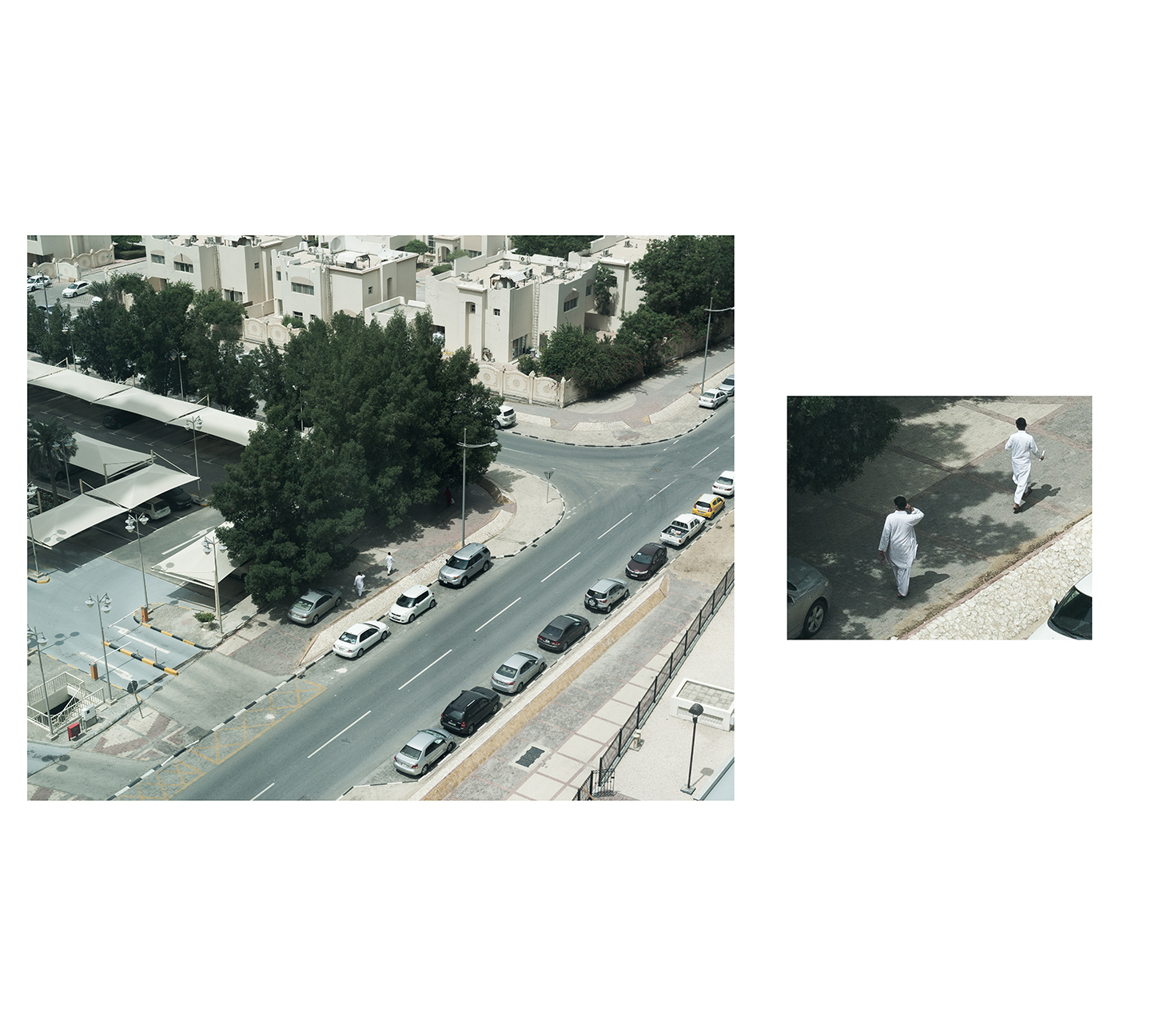
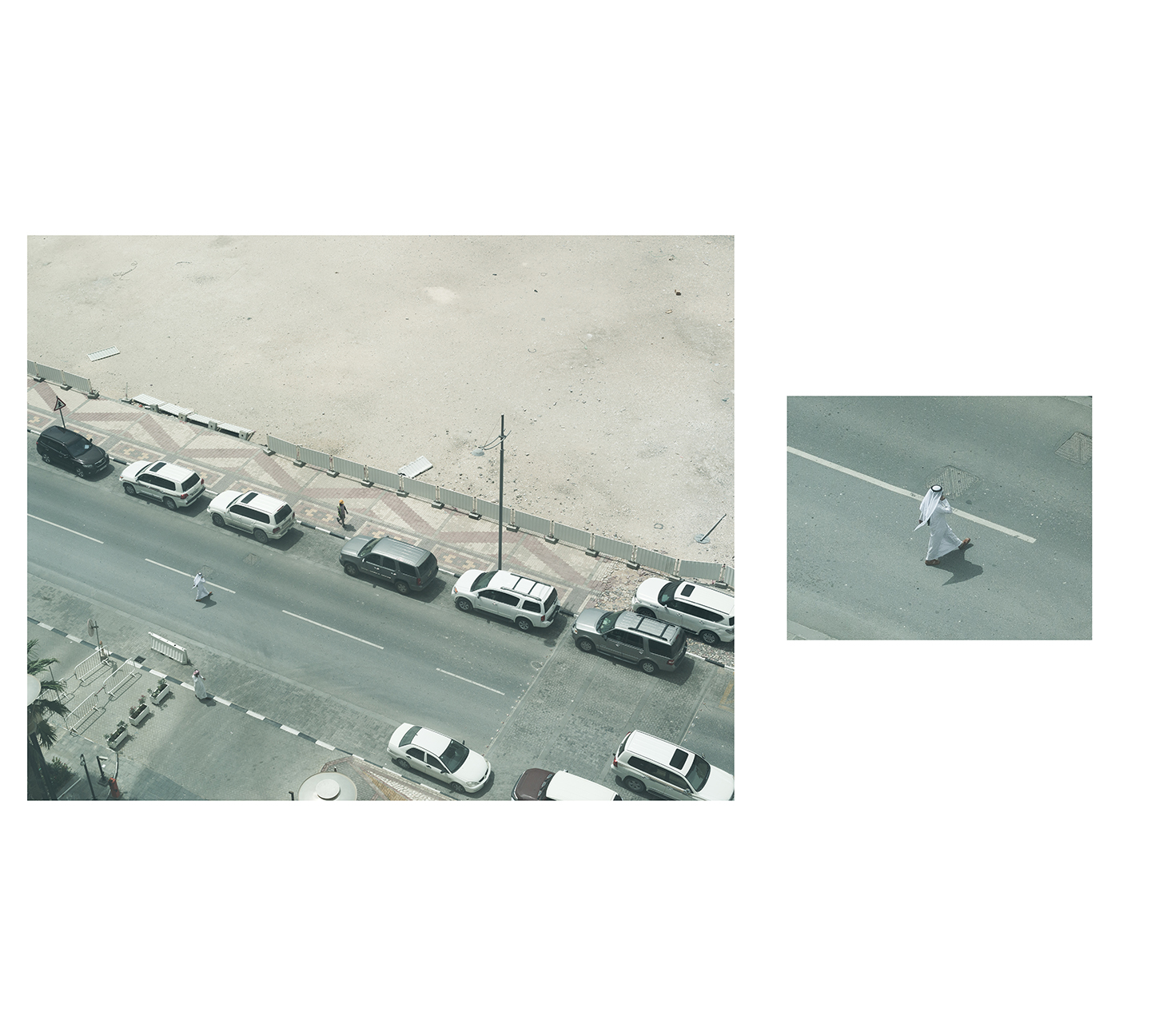
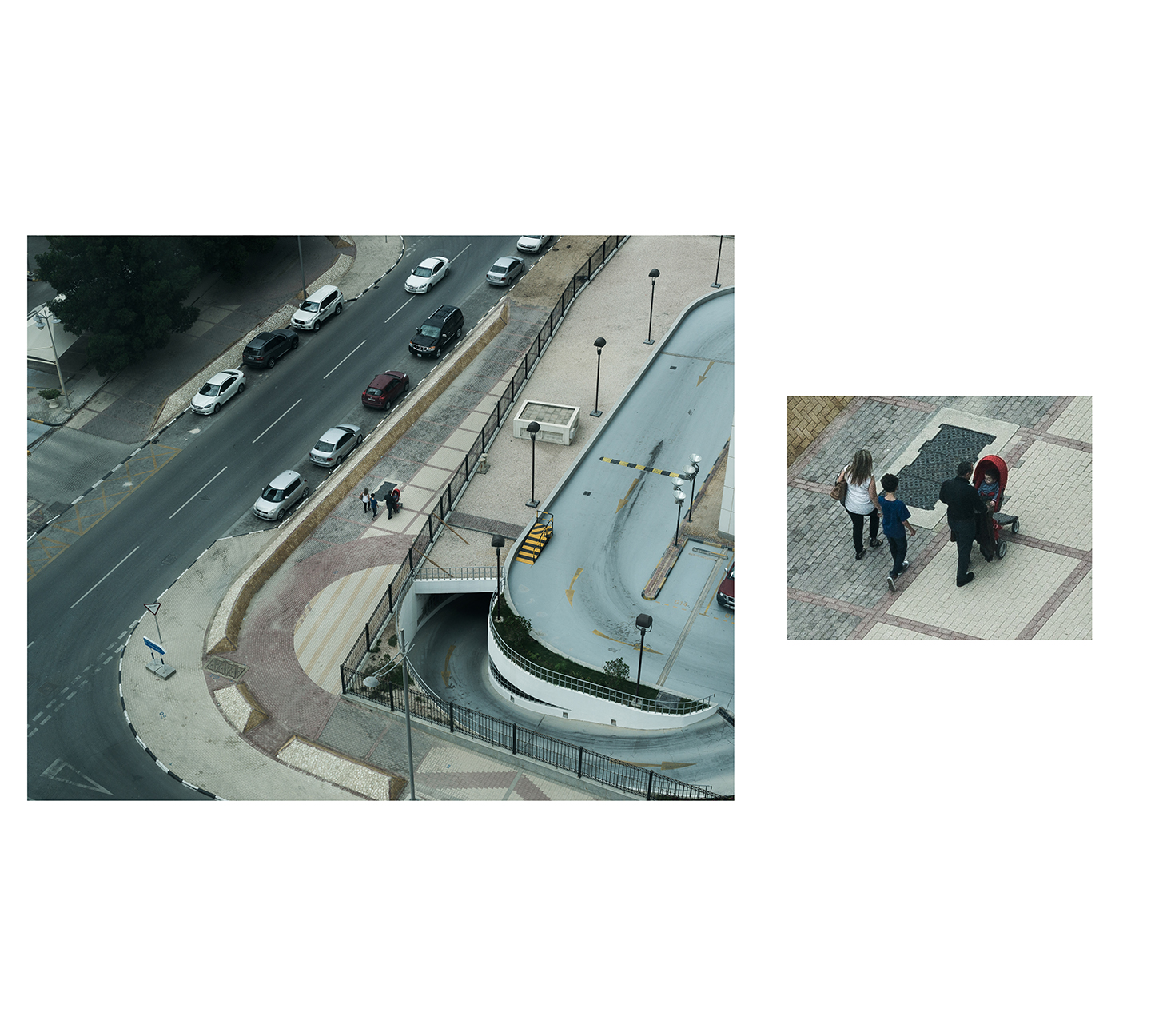





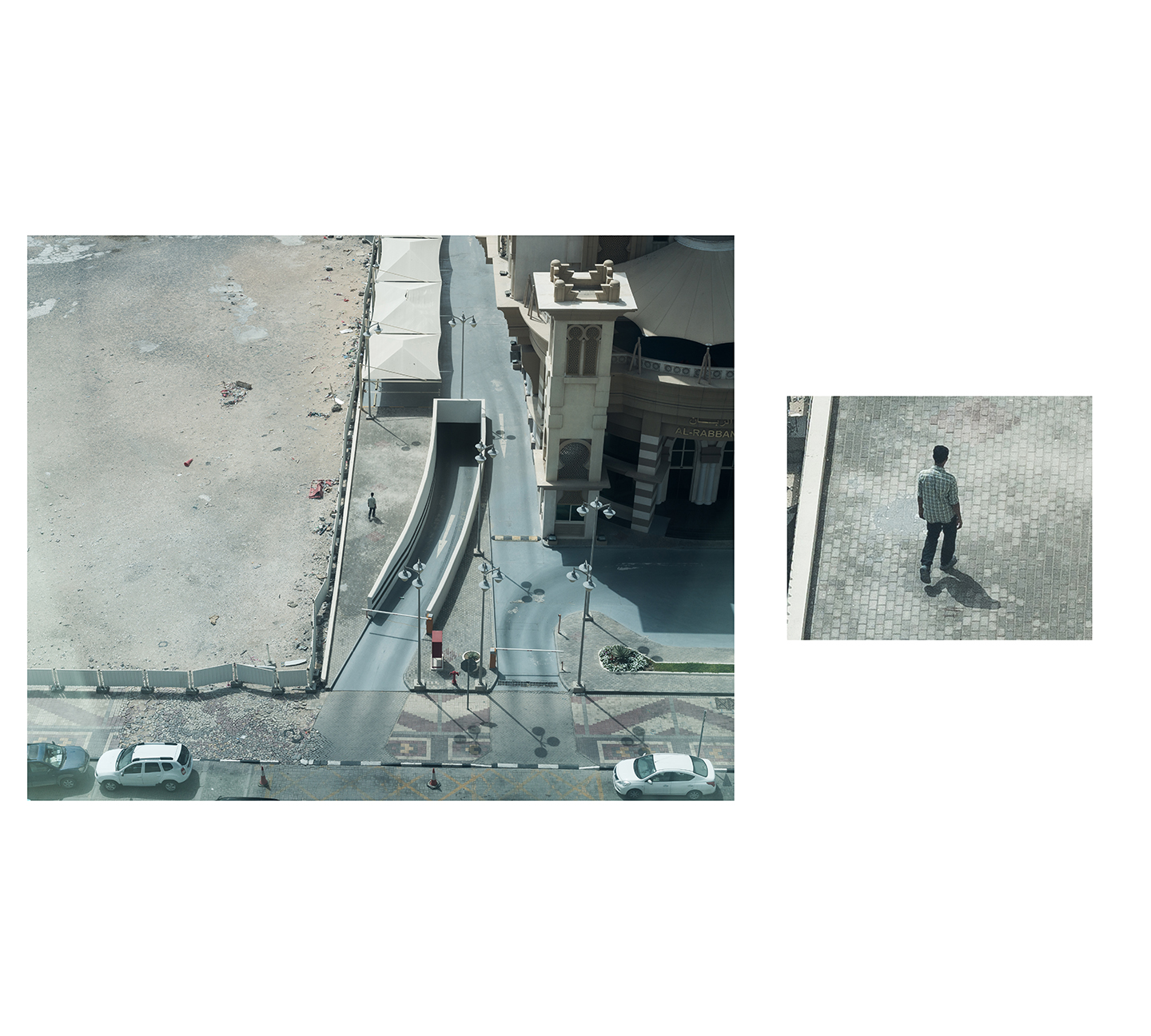
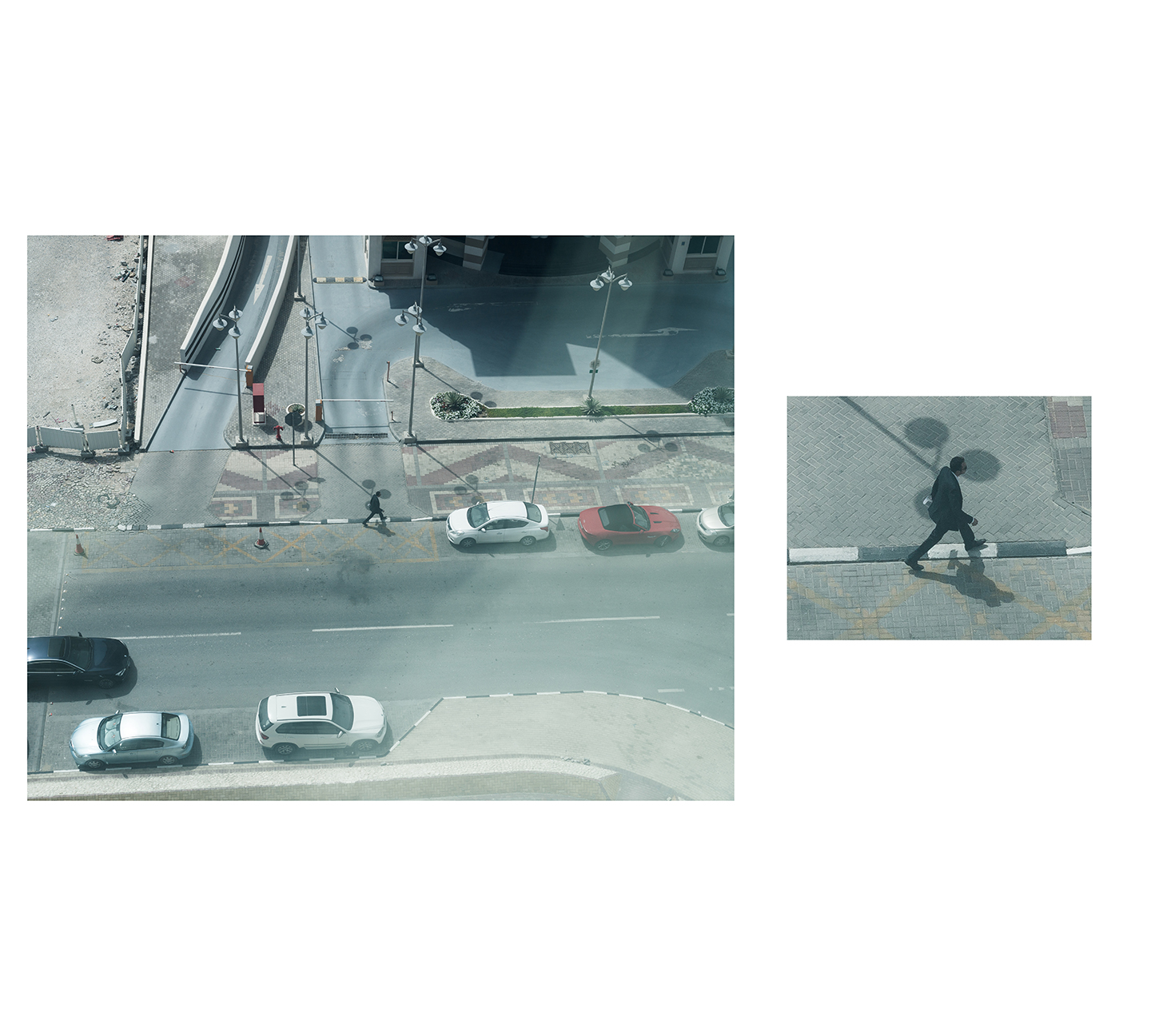

Uniformity: the quality or state of being uniform.
The desert as an open space has multiple roles and states. The basic characteristic is uniformity. From every point of view the desert has almost the same image. The desert is transformed into a modern city on an exponential growth. The desert is reformed into an artificial oasis.
West Bay is a newly developed neighbourhood of Doha, in the state of Qatar. It is considered as one of the most prominent areas of the city being the latest district to be built. Some of the tallest skyscrapers of the country are found in this area. The city, as seen from these buildings, loses its small details the higher you get. A reshaped part of the desert that still maintains its uniformity.
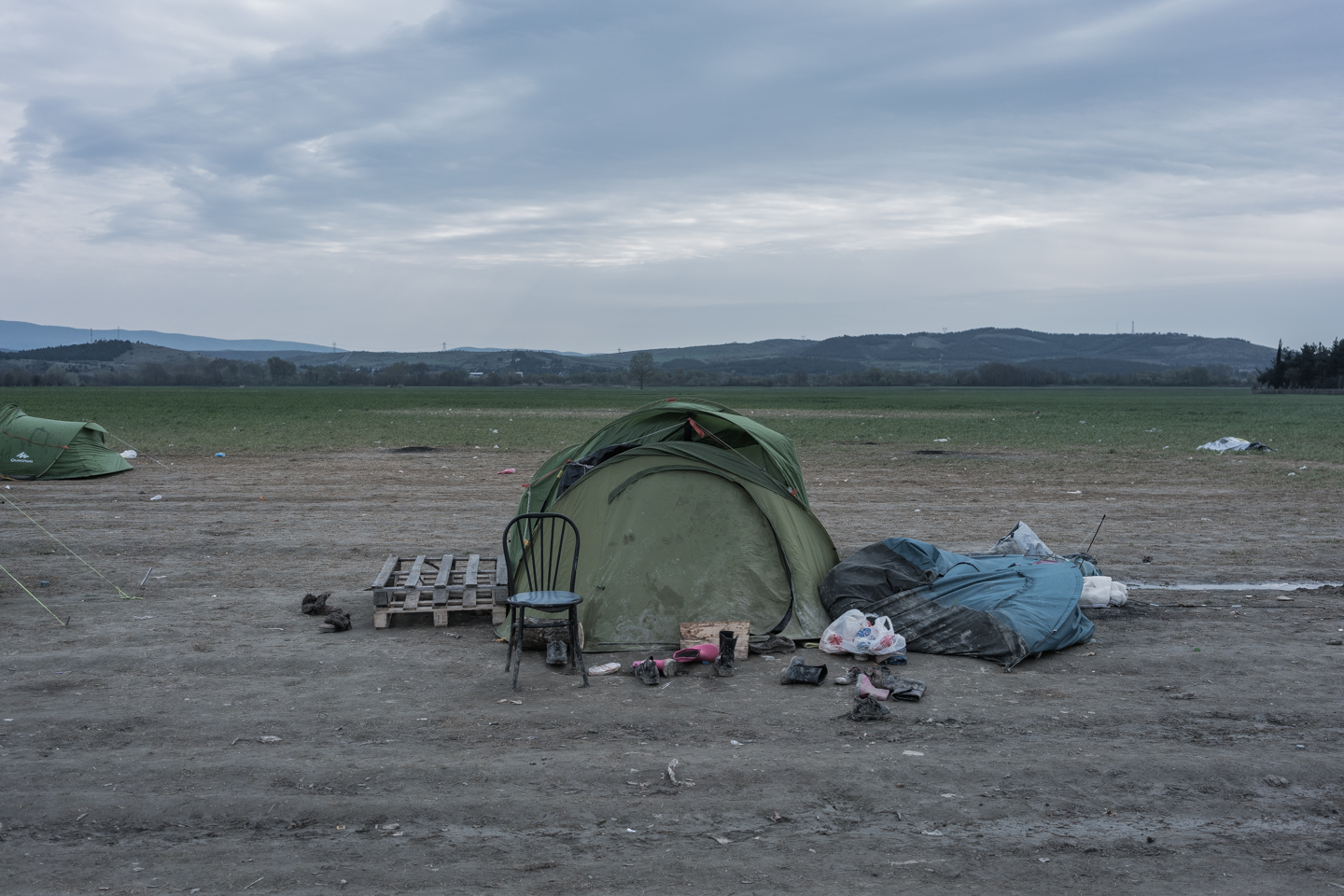





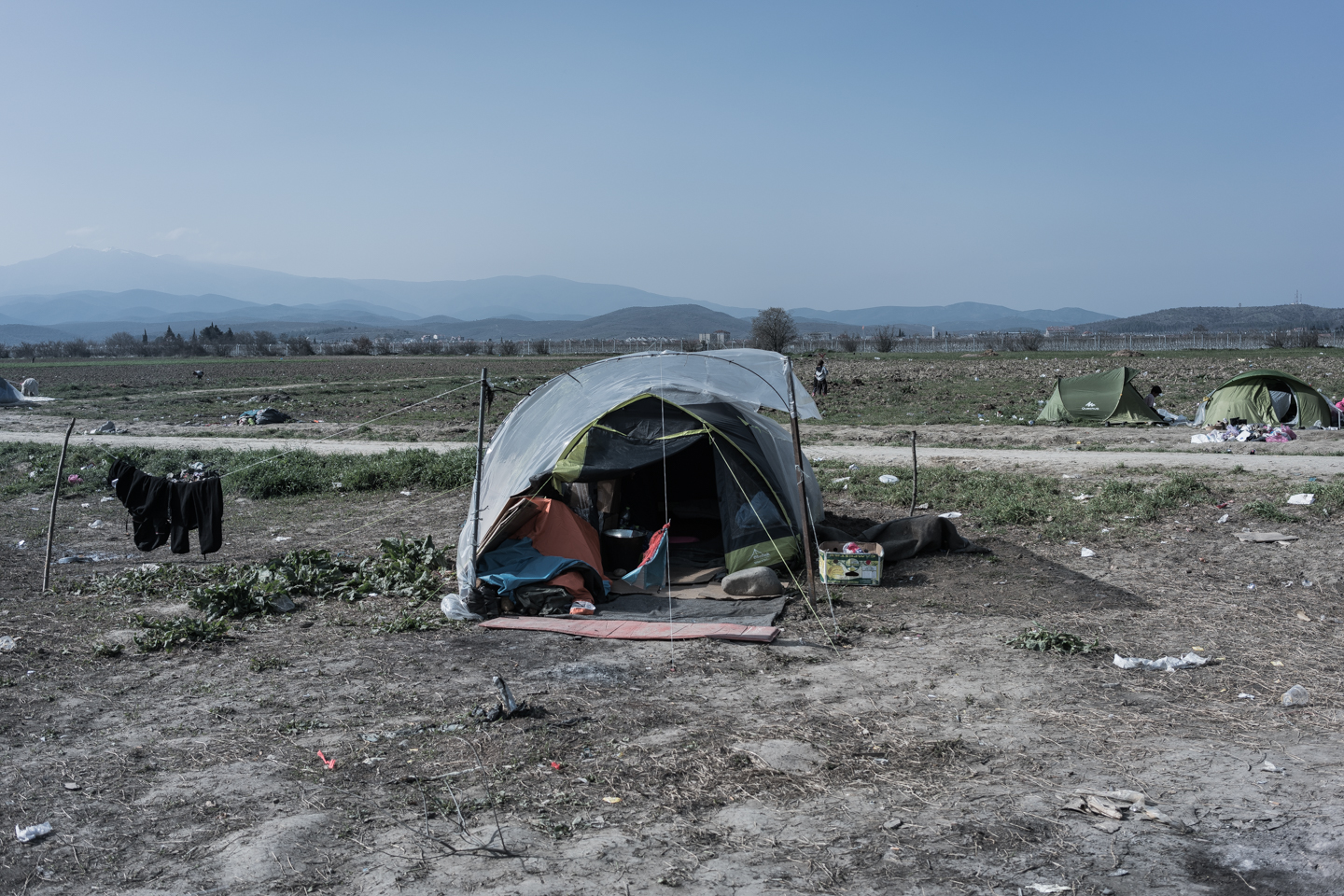
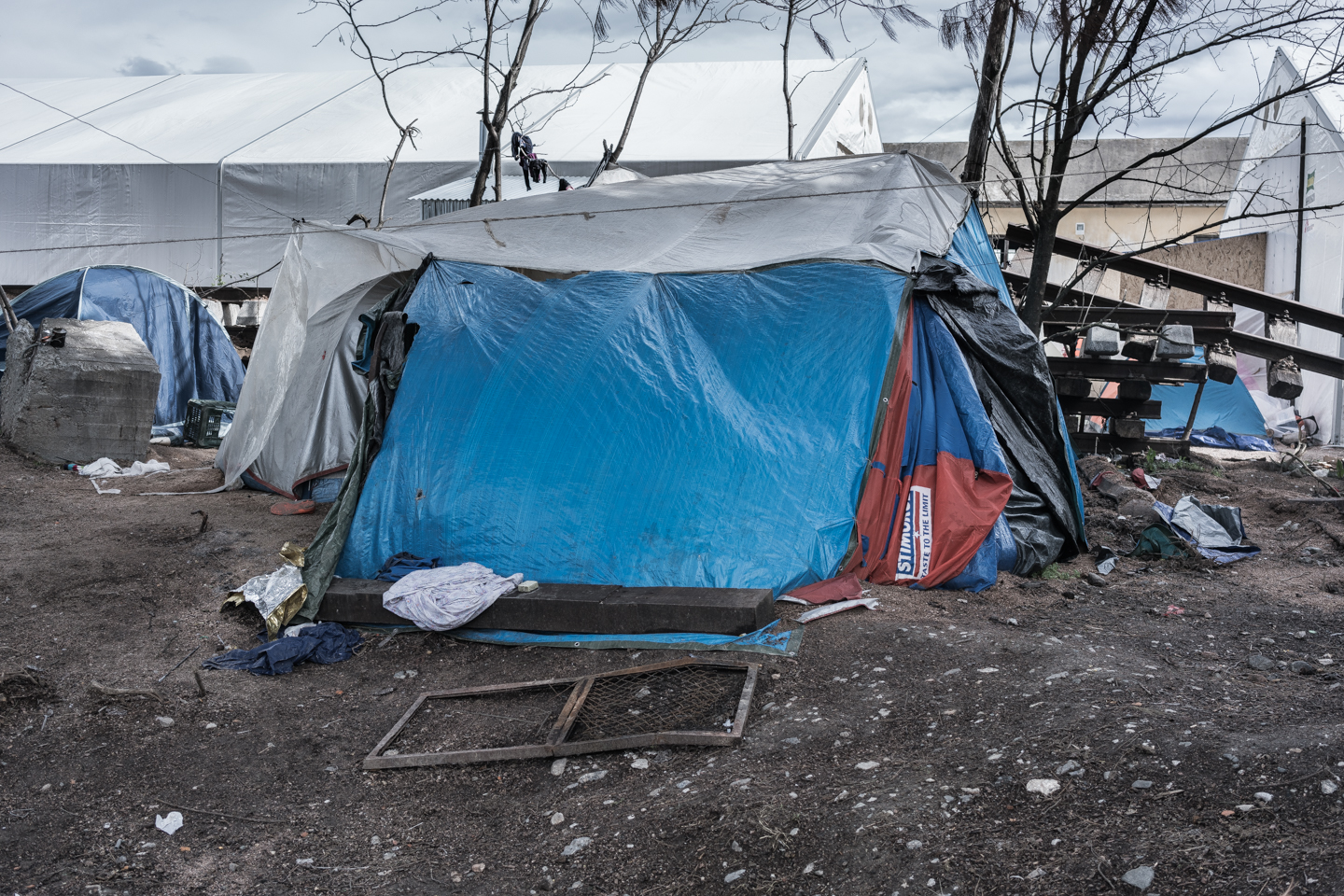
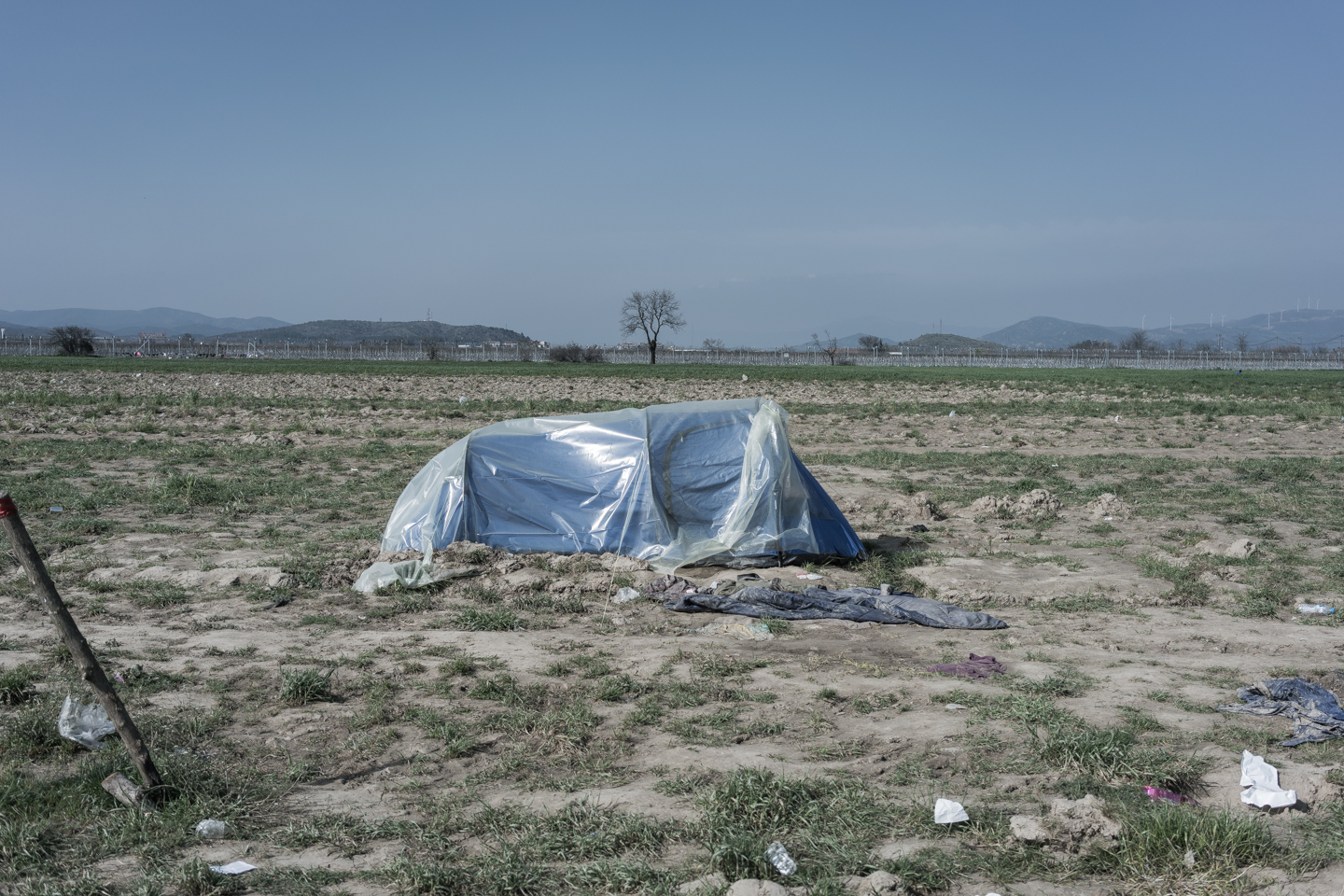
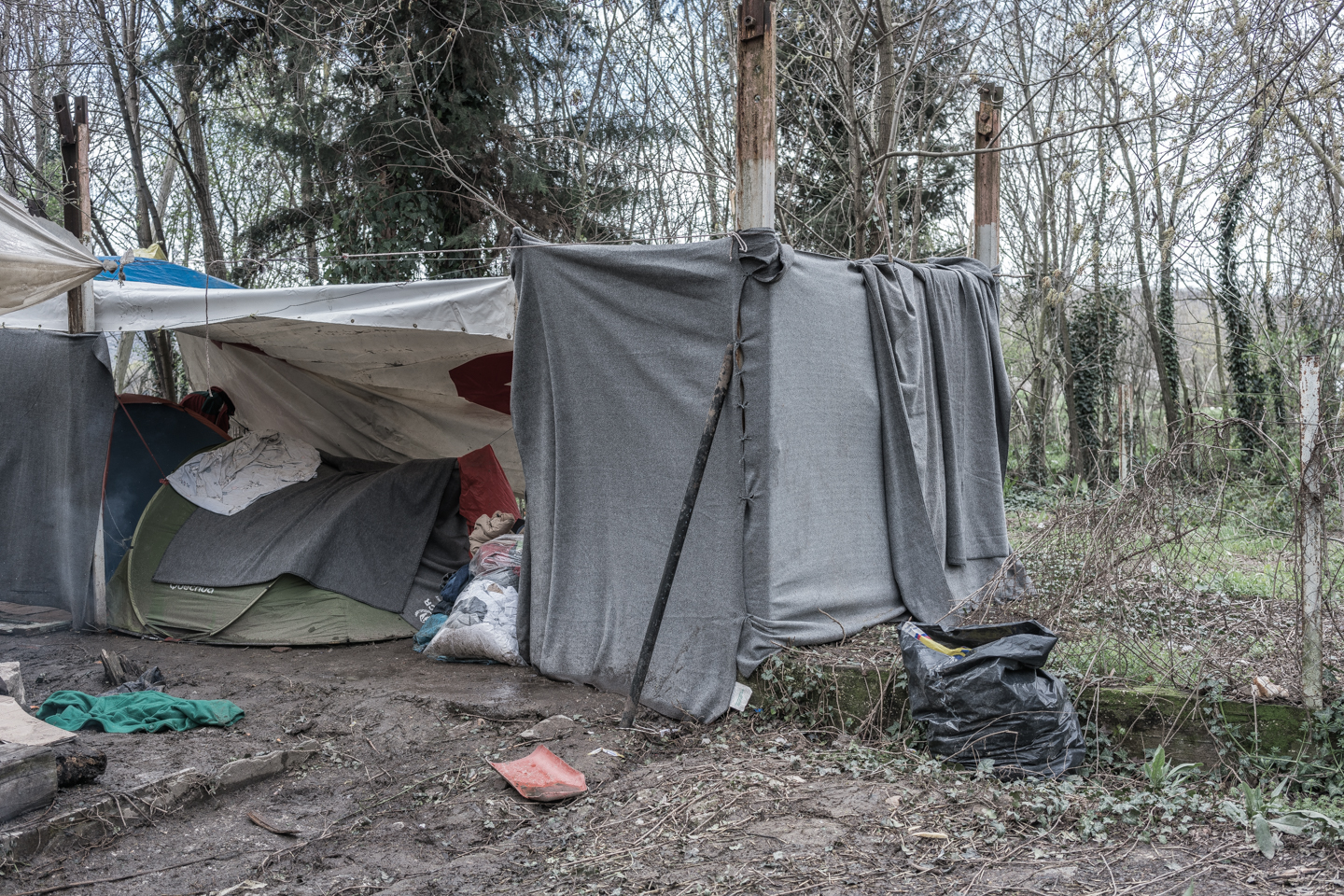
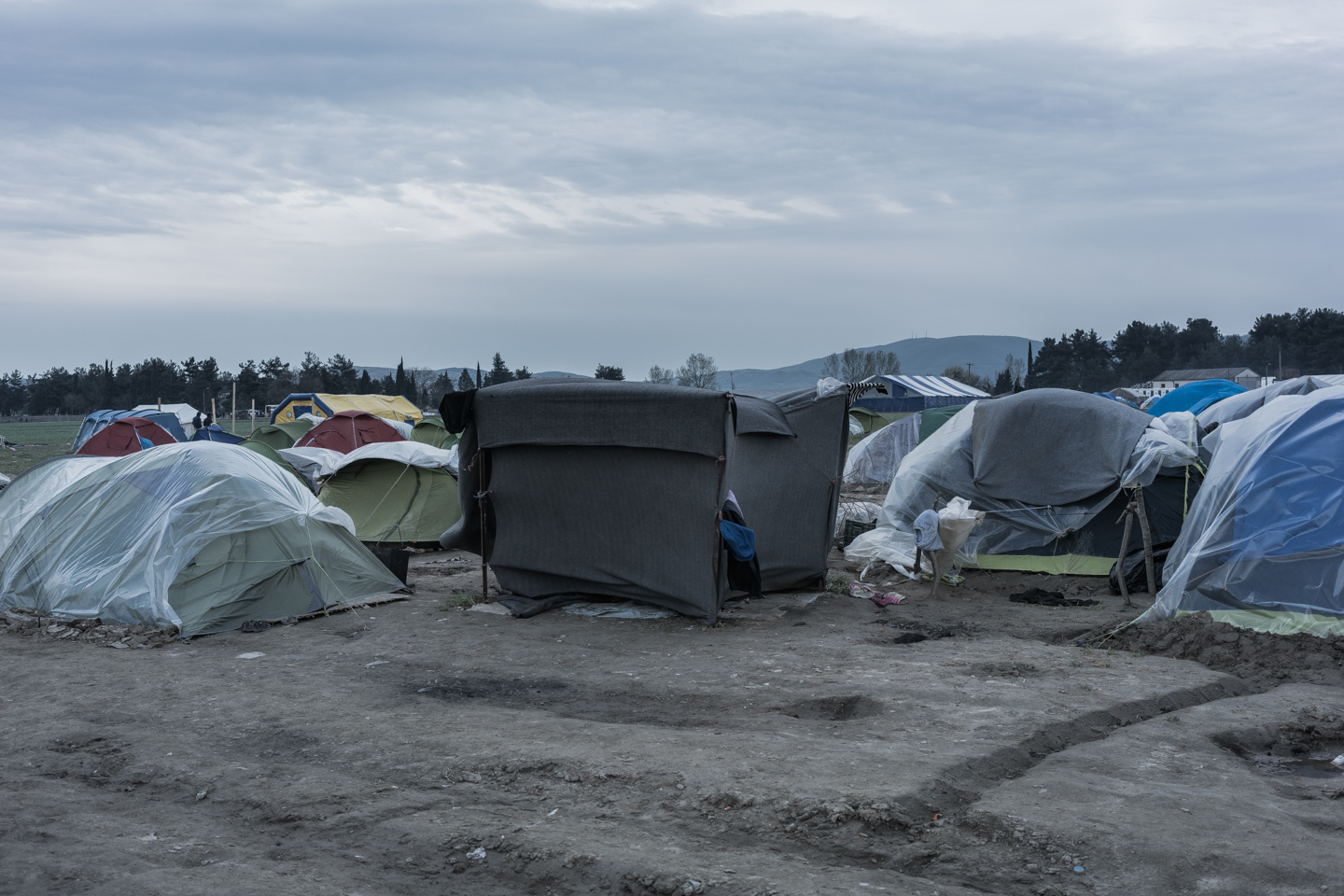
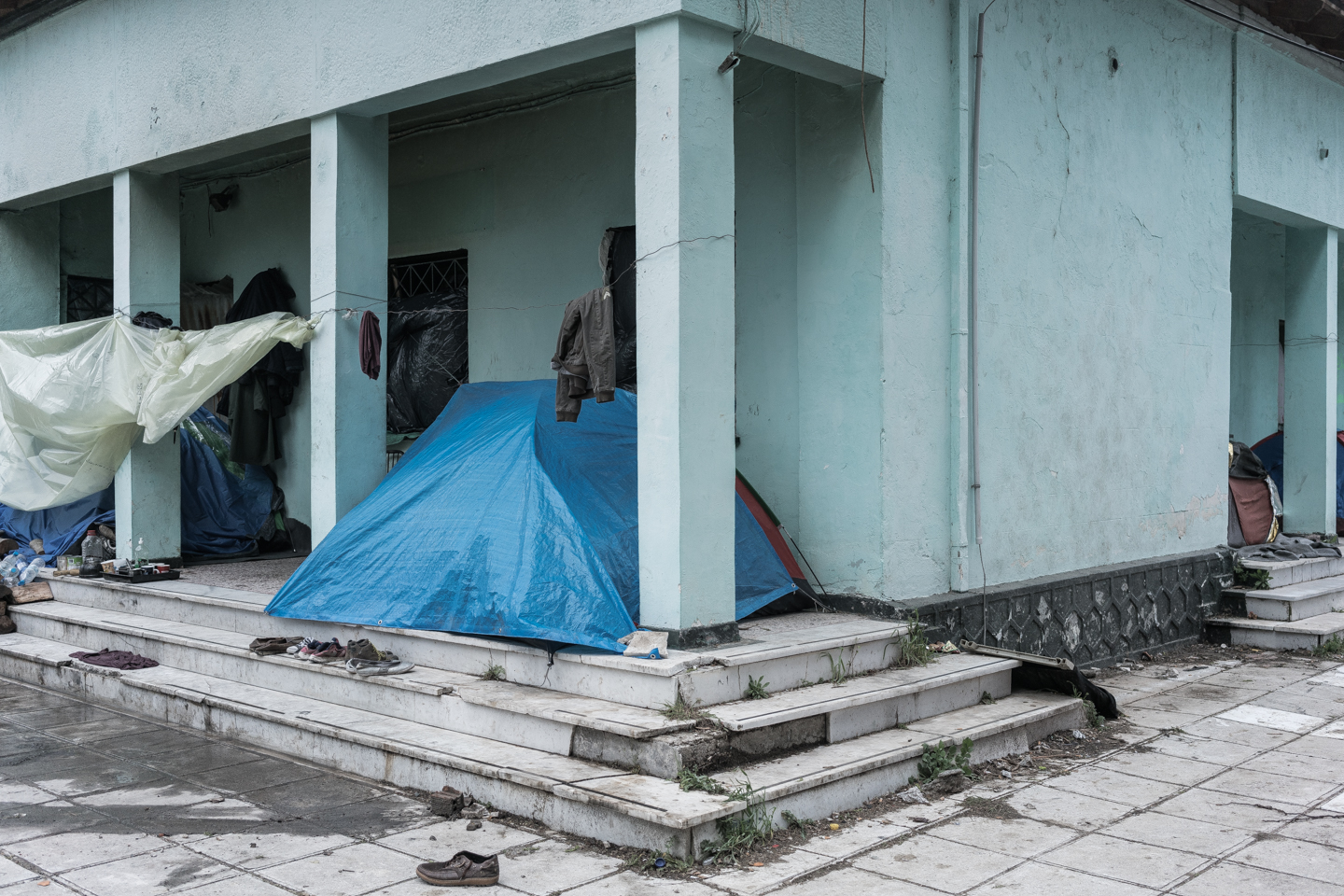
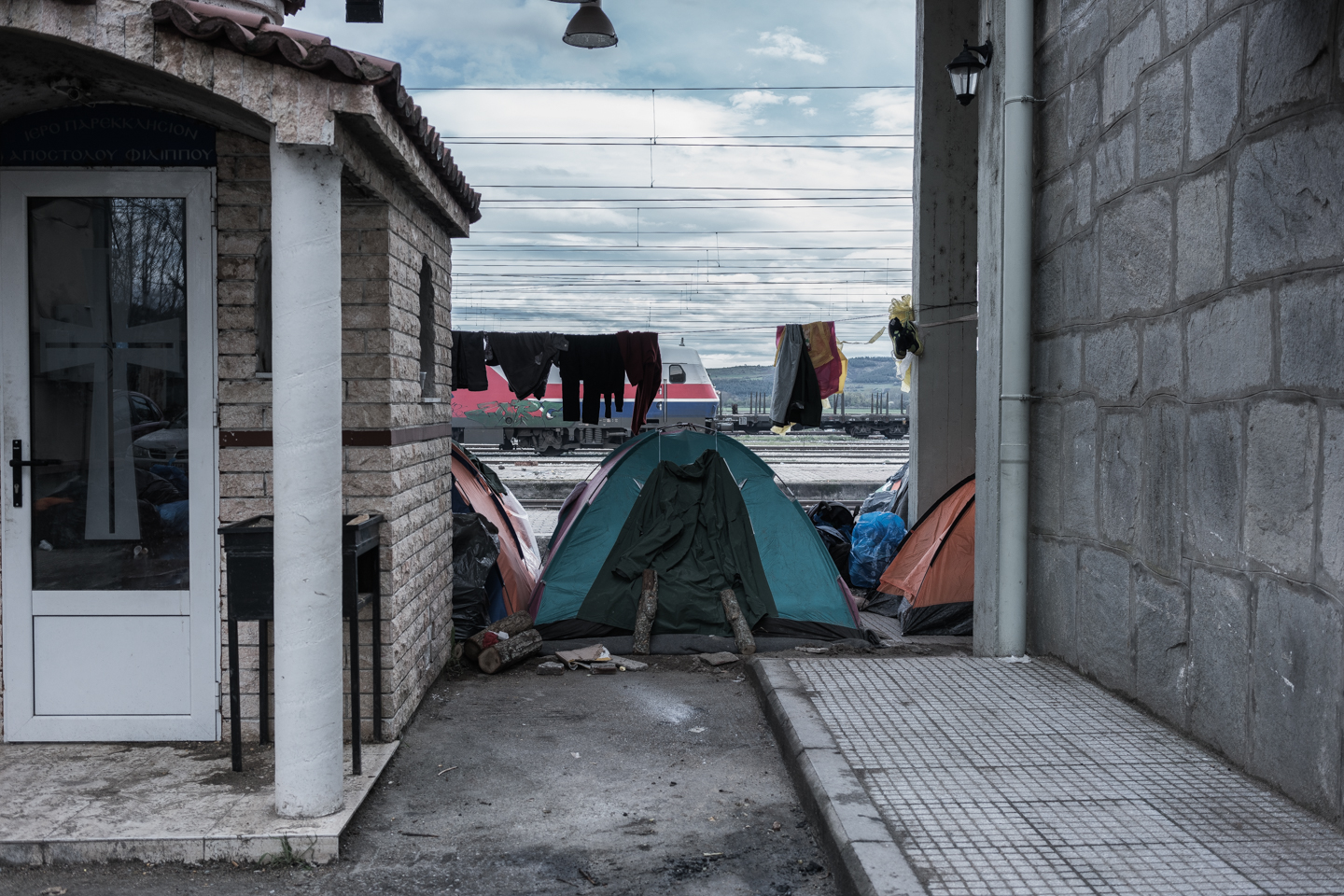
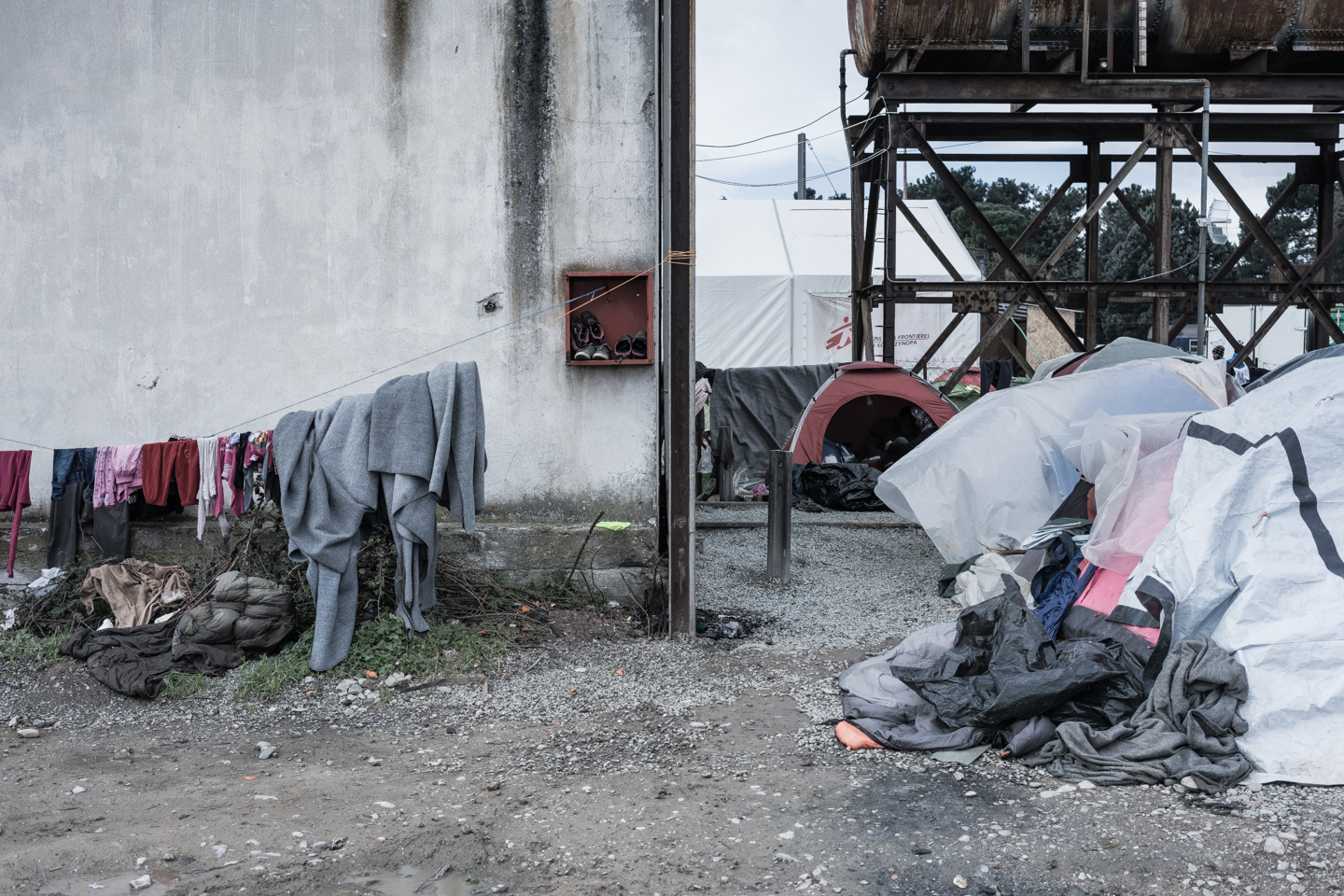
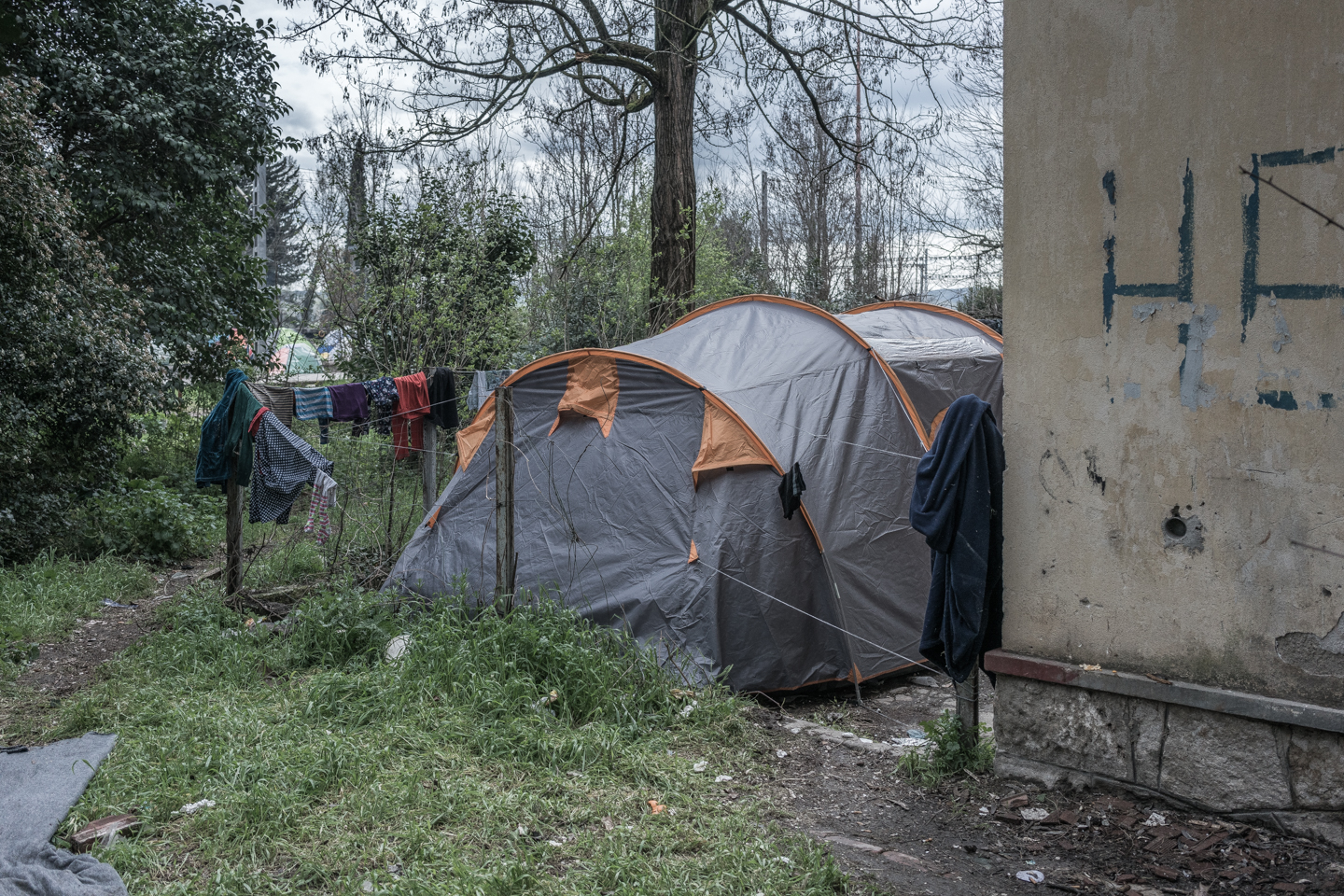
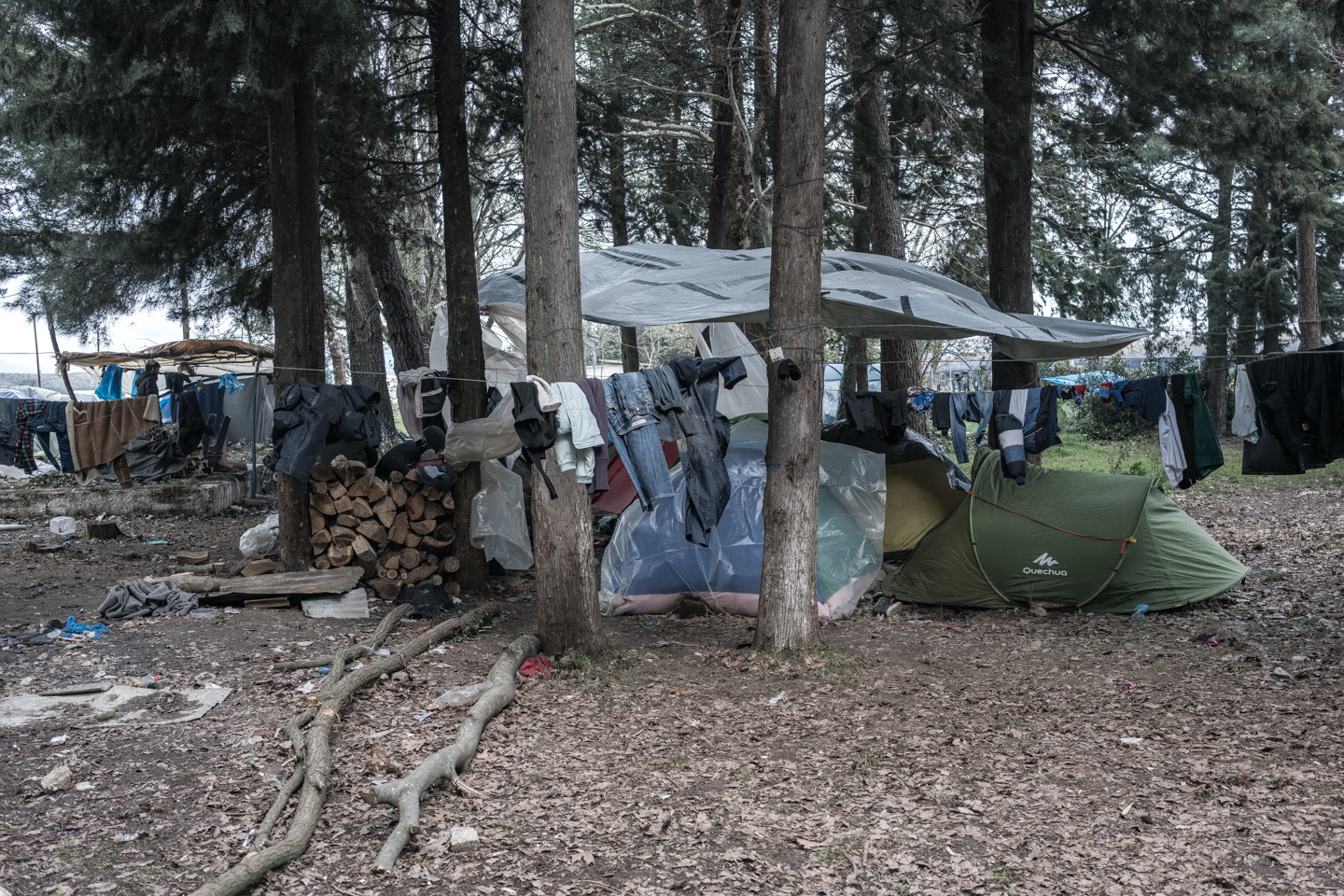
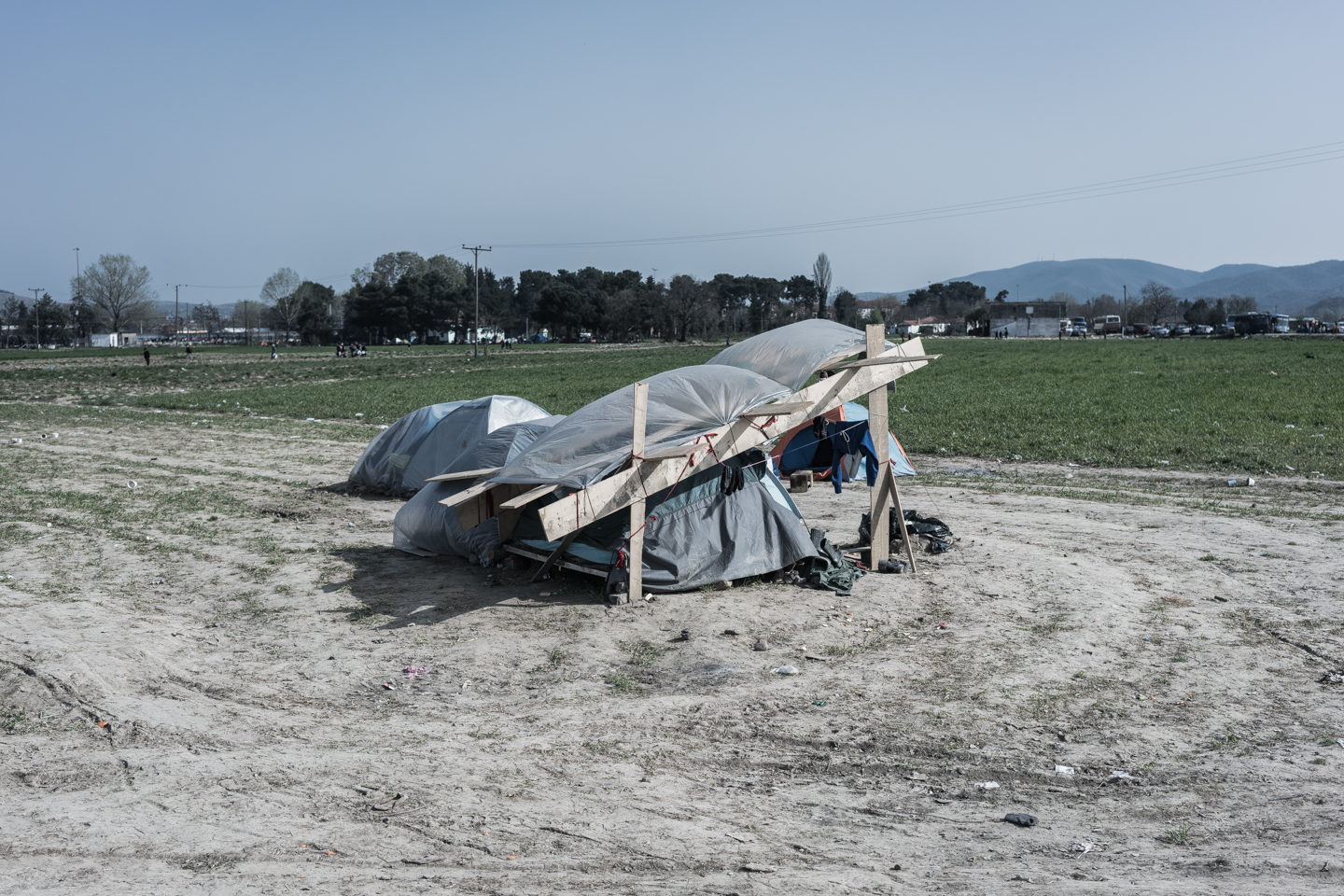

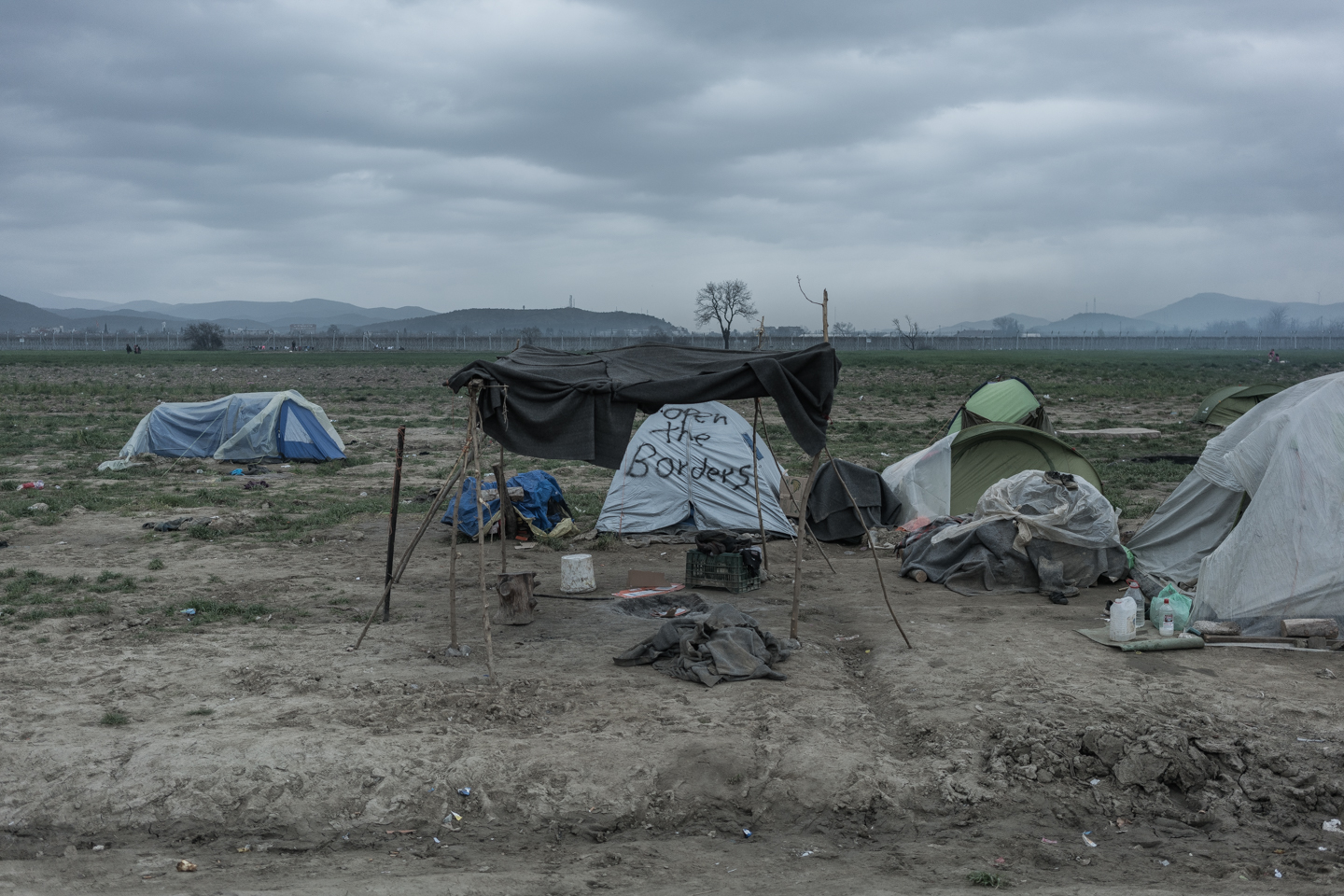
Idomeni is a small village in Greece, near the borders with the FYROM. The village is built in an elevation of 65 meters, in the outskirts of Kouri hill. It mounts in the West bank of Axios river. The village is interwoven with a railway station, which is the first railway station that someone meets entering Greece from the North.
Since 2014, refugees from Syria, Afghanistan, Pakistan and other countries of the Middle East began to crowd to Idomeni in order to pass the Greek borders in order to continue their journey to Western Europe. In late 2015, FYROM decided to close and guard its borders by military force in order to prevent the refugees by entering the country. Thus thousand of refugees ended stuck in an improvised camp in Idomeni. This vast camp is mainly set in the fields near the international railway network.
This informal border camp has become a constantly deteriorating dystopia for those fleeing war and crisis, searching for a better and safer future. At the same time, this border site is a display of the image of Europe’s inability to manage and resolve this unprecedented flow of refugees.